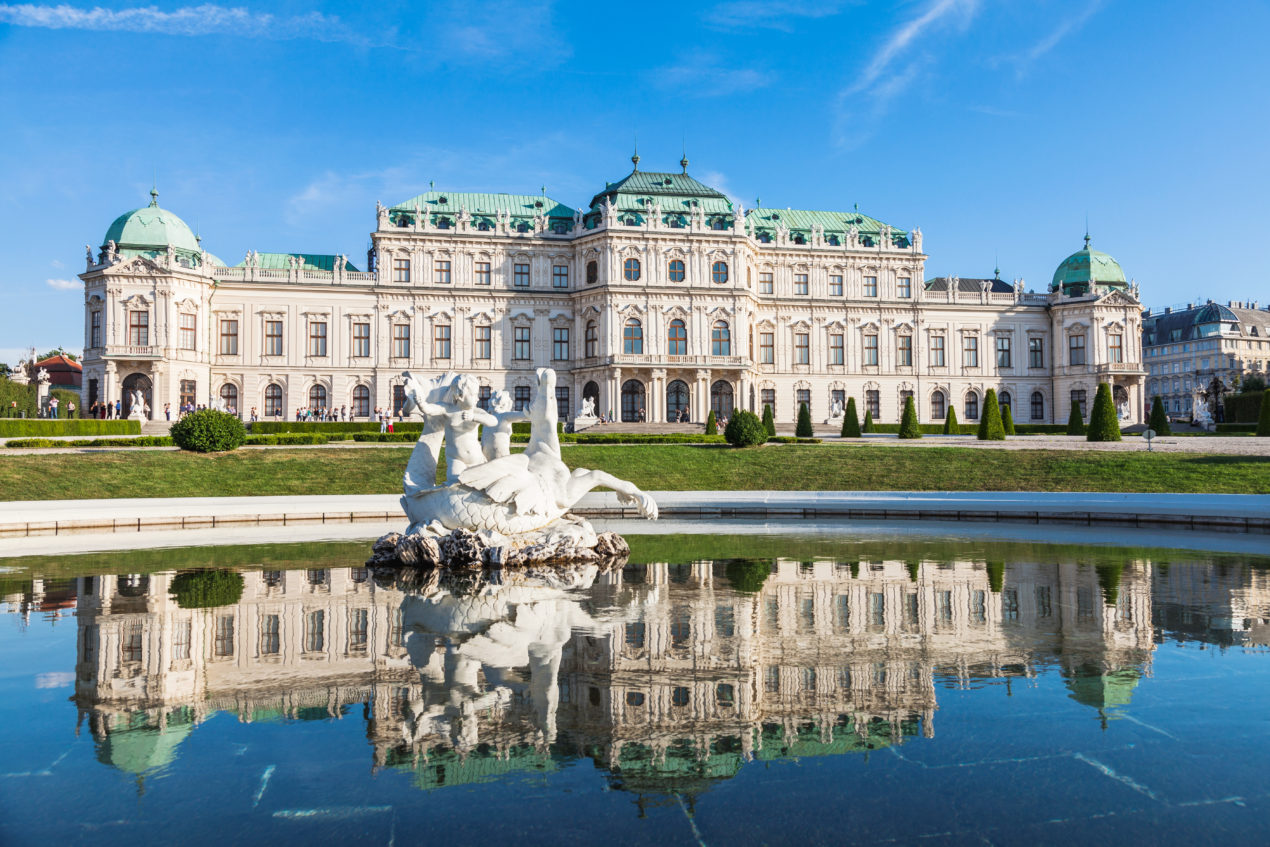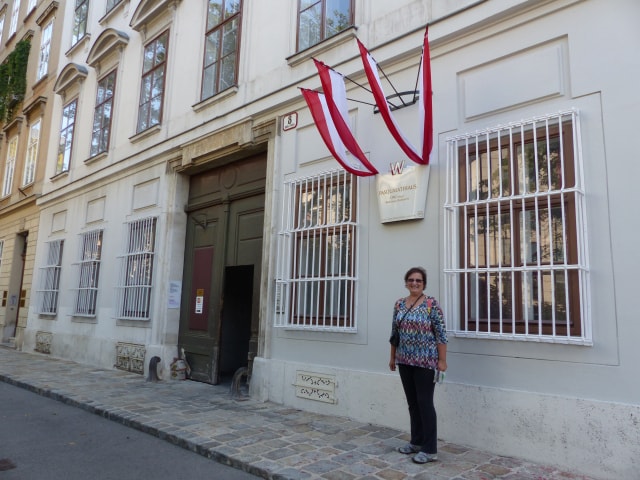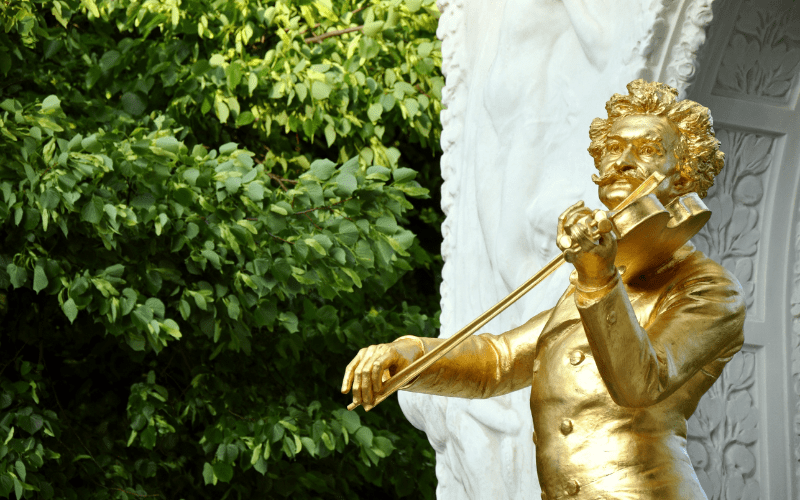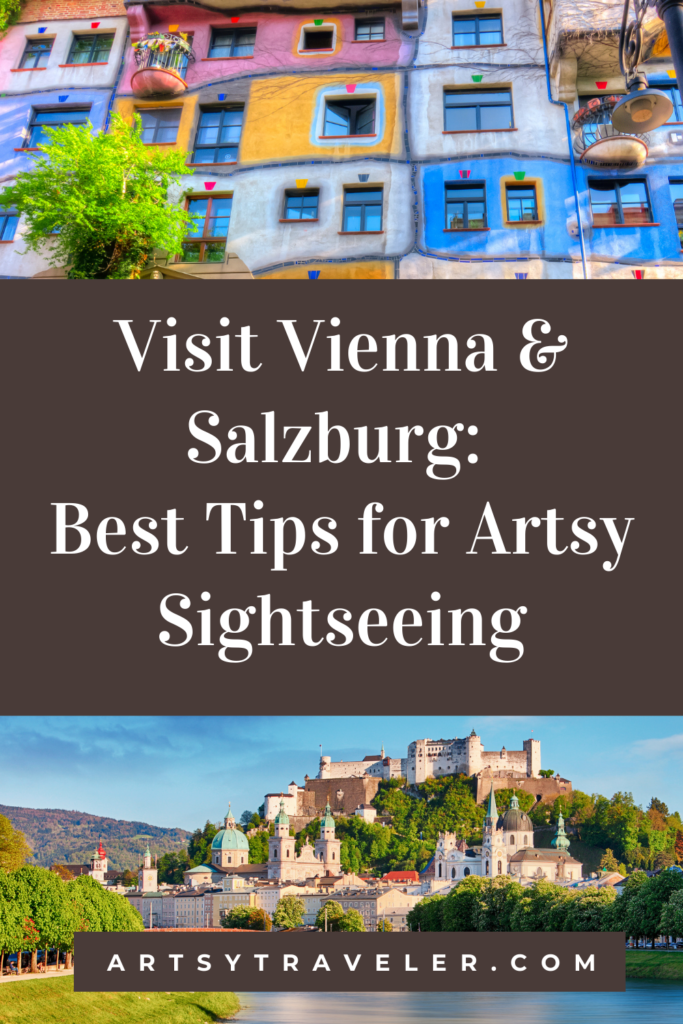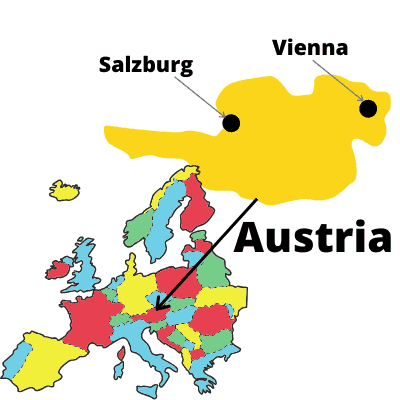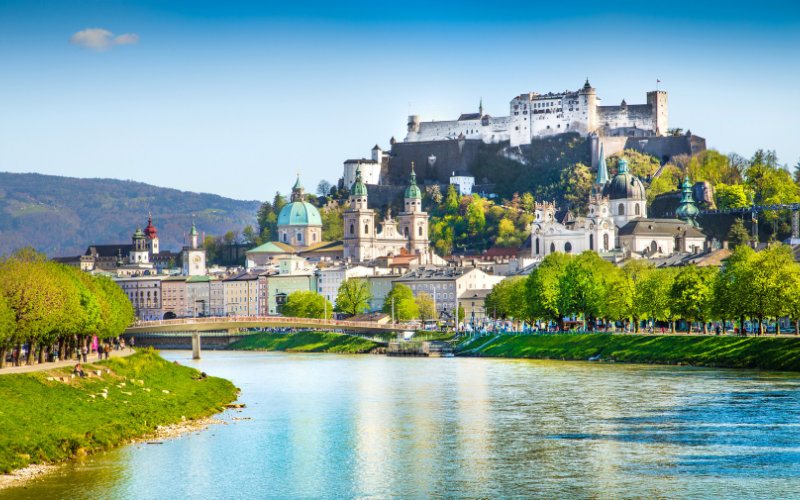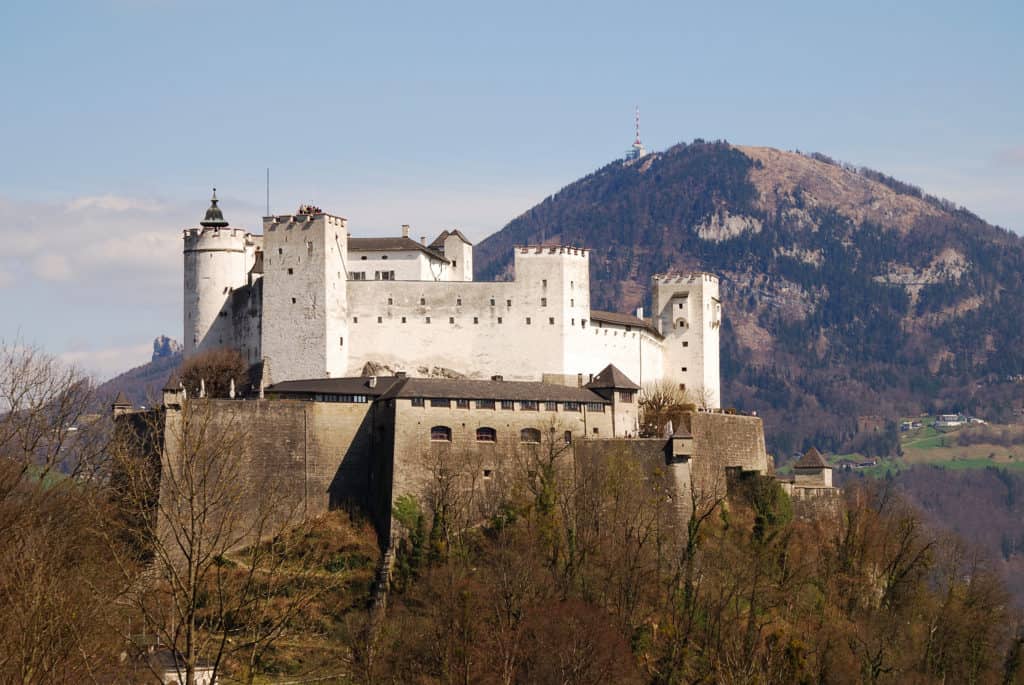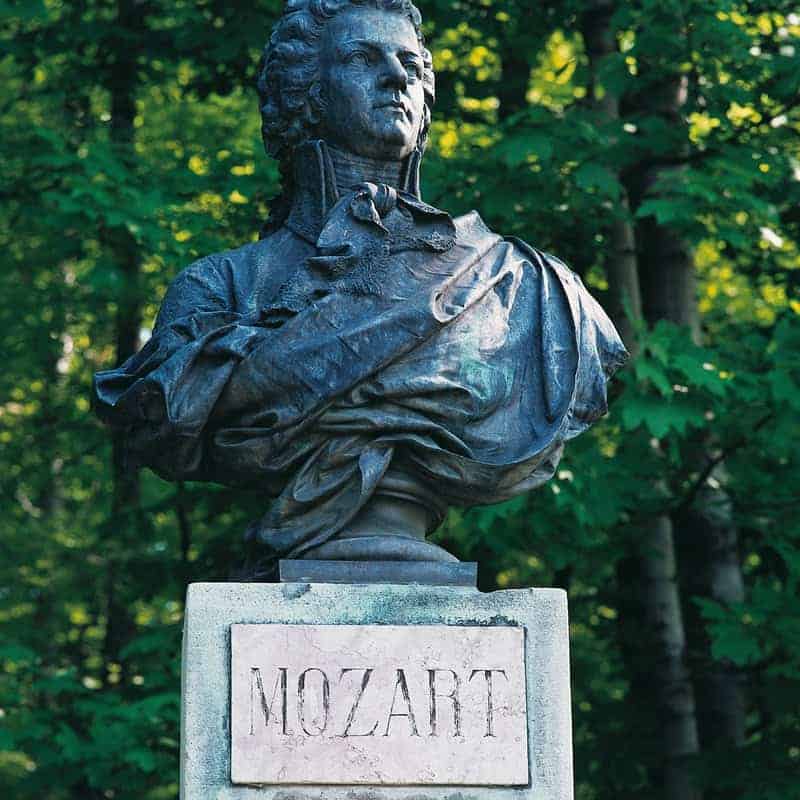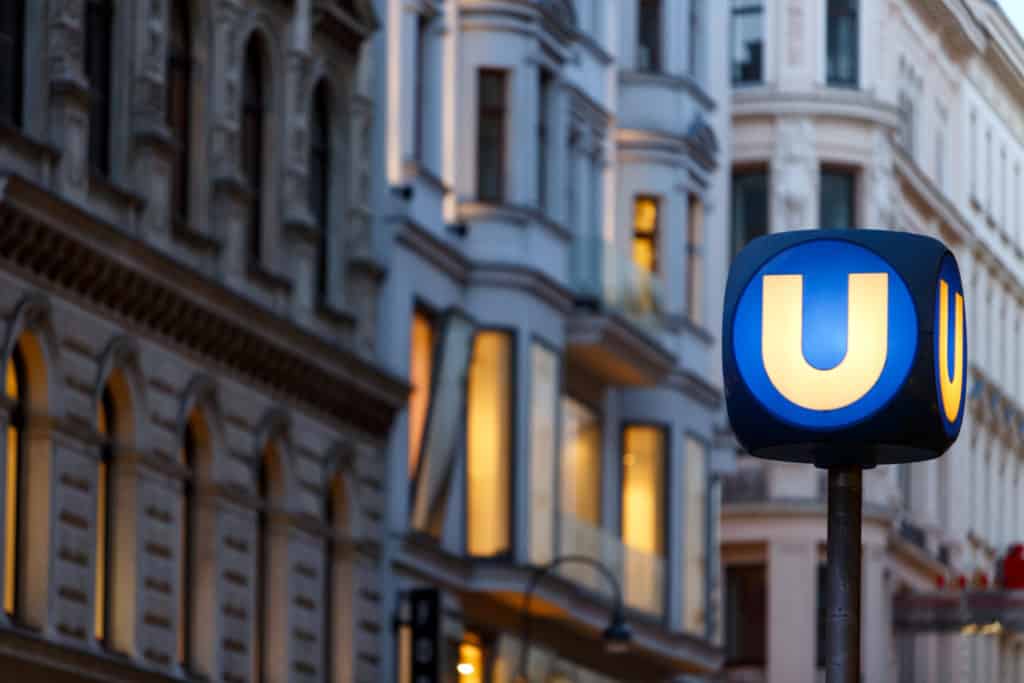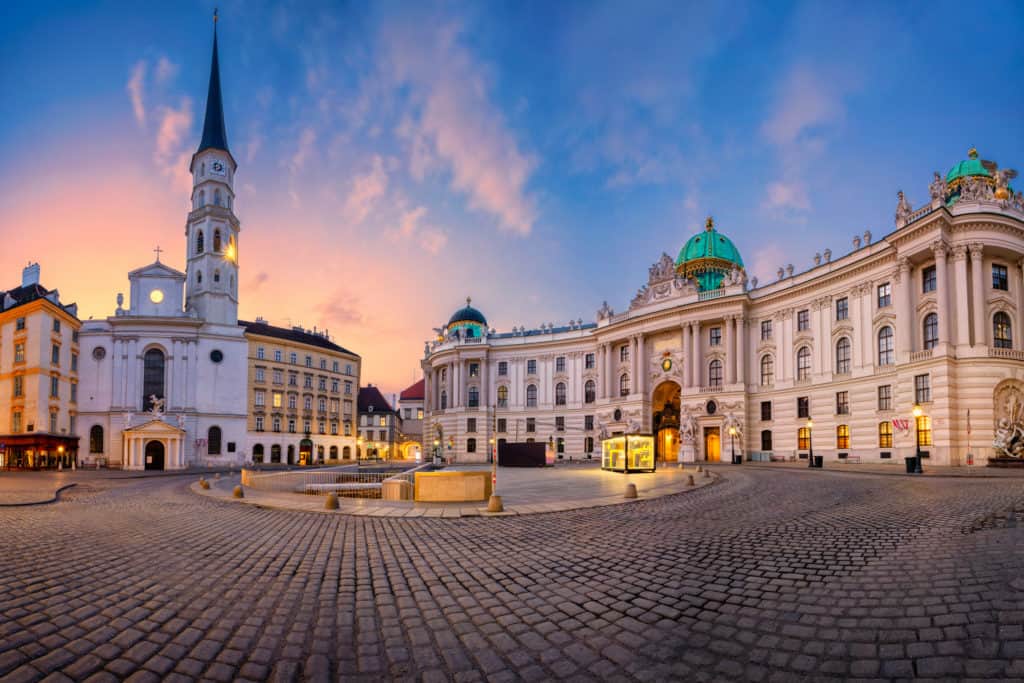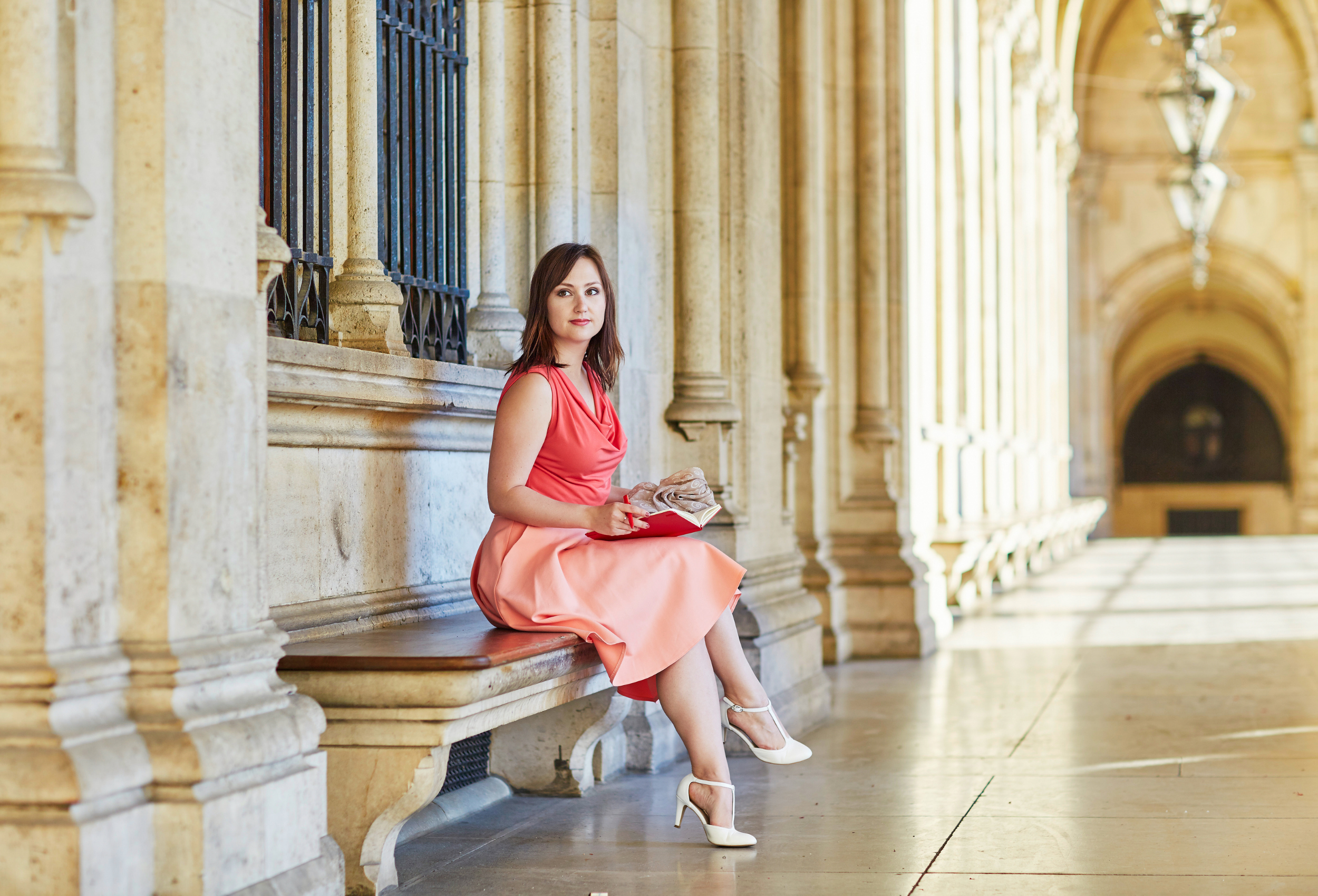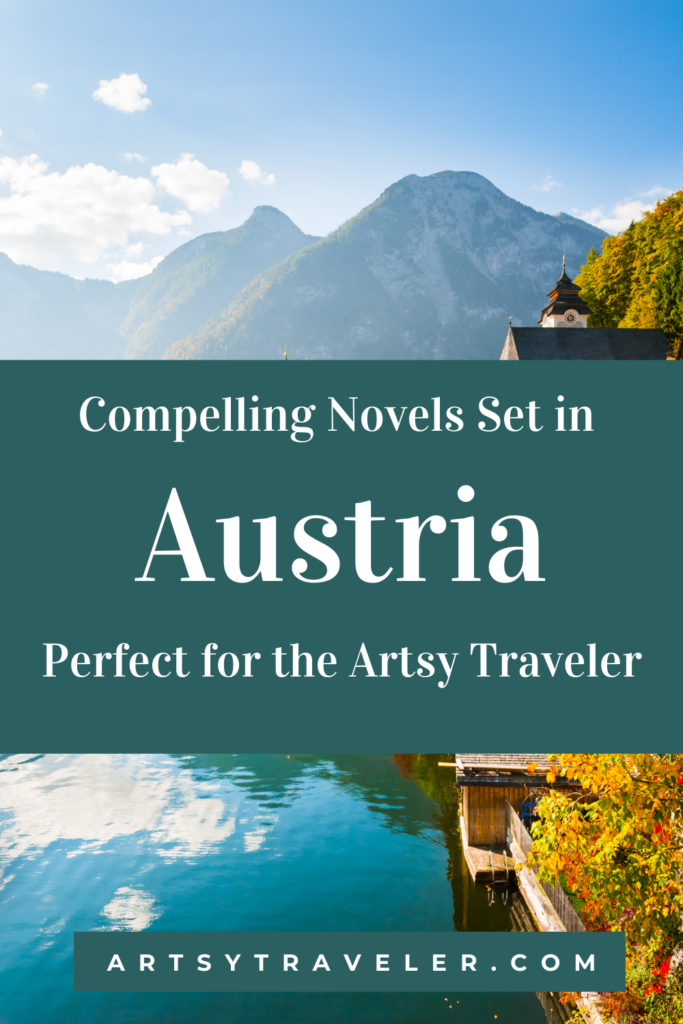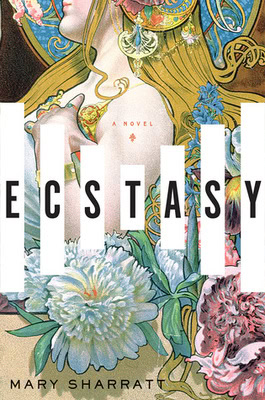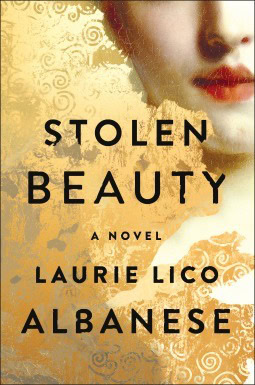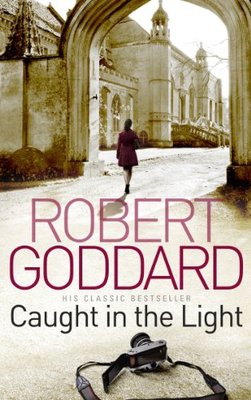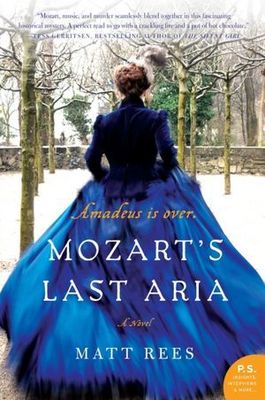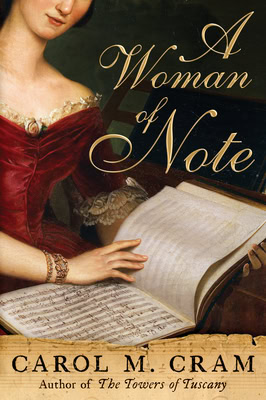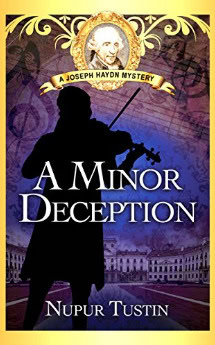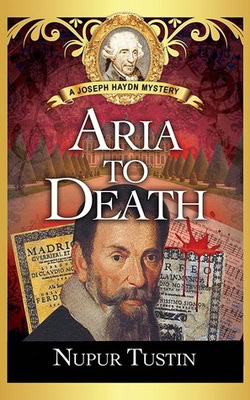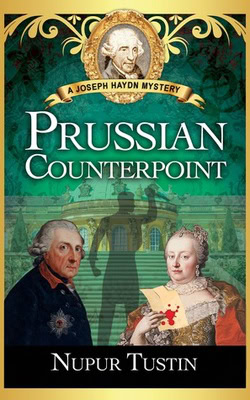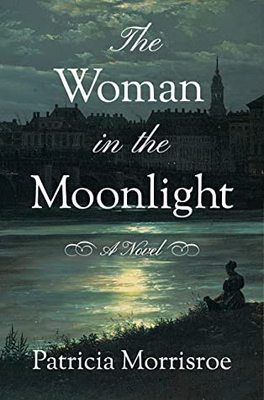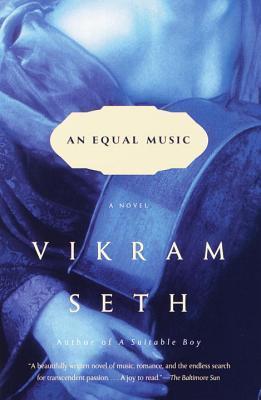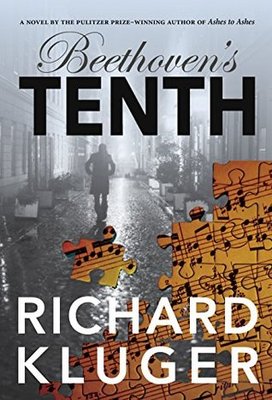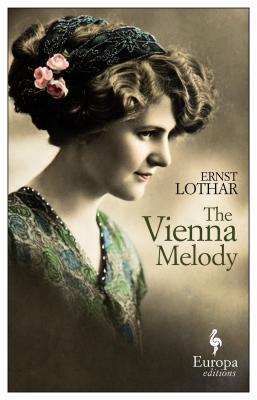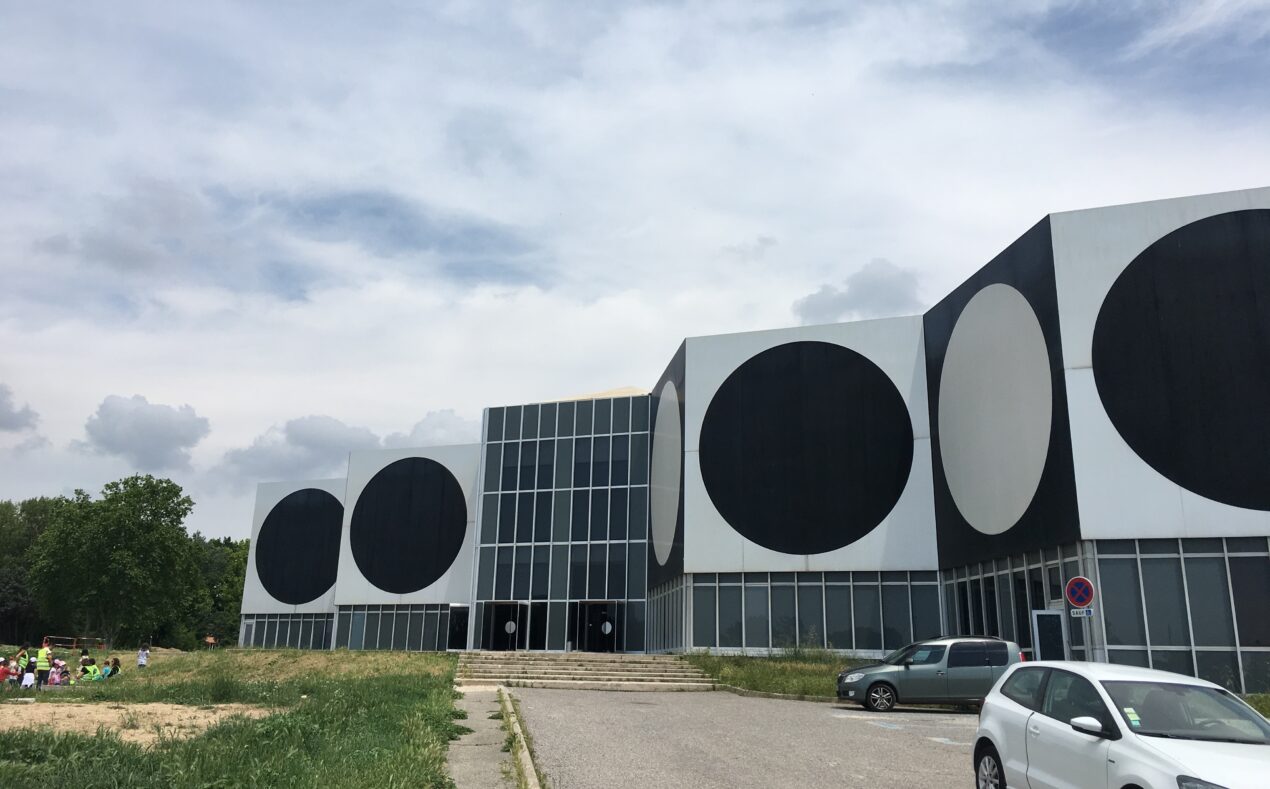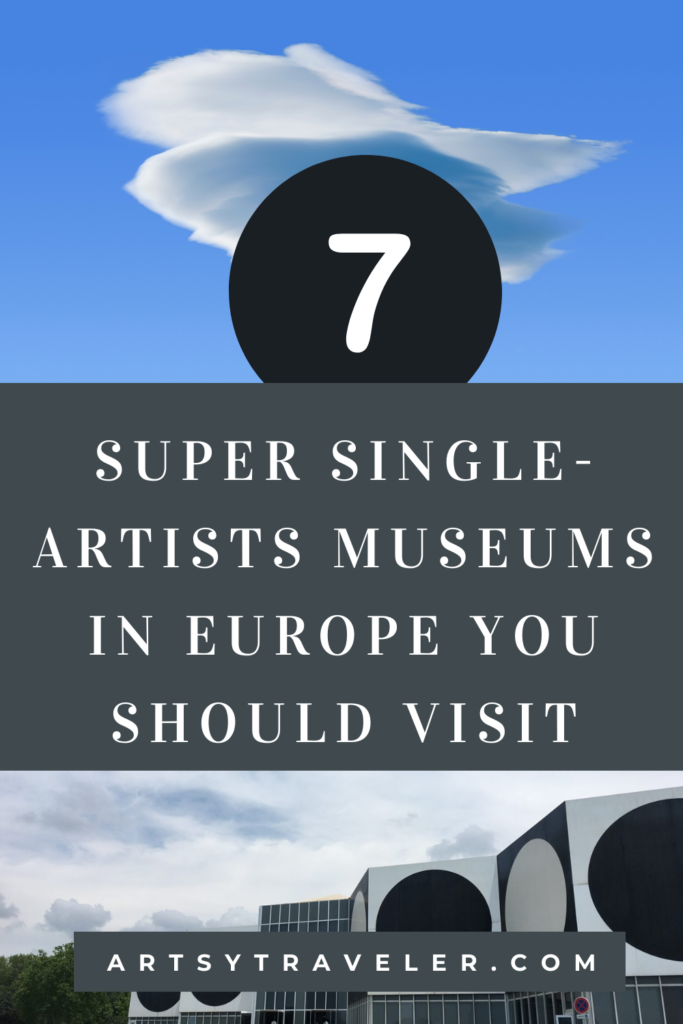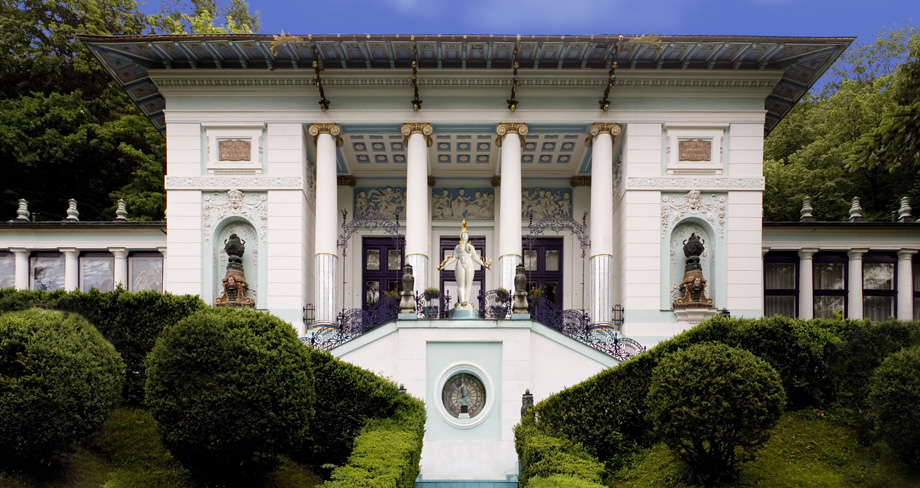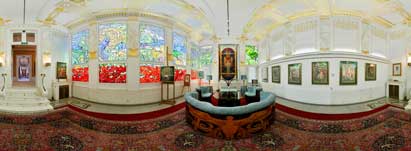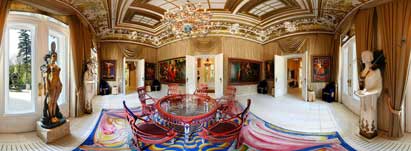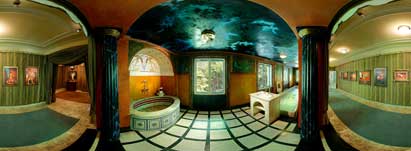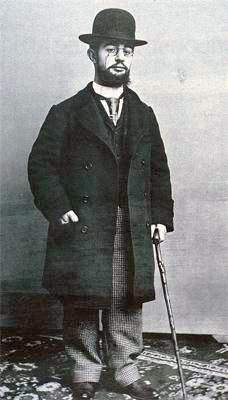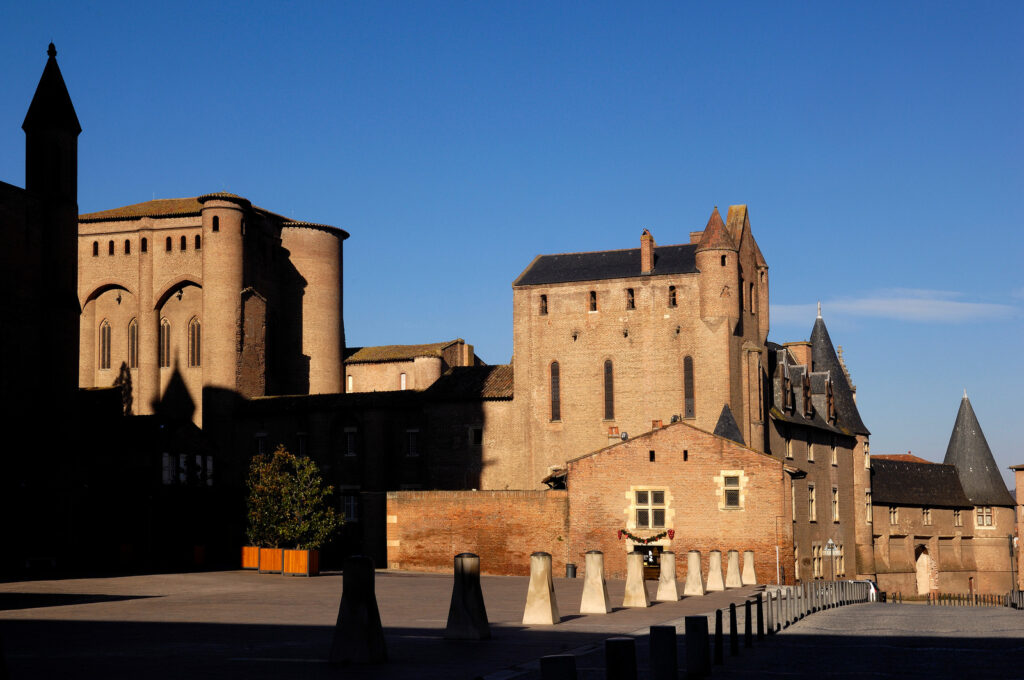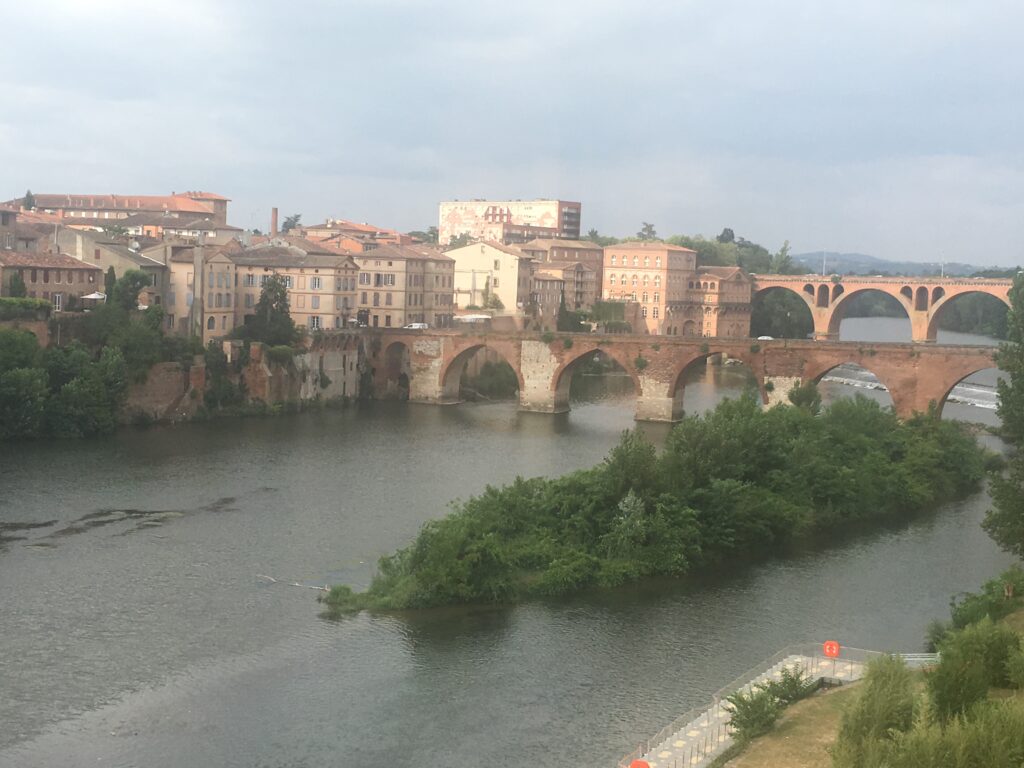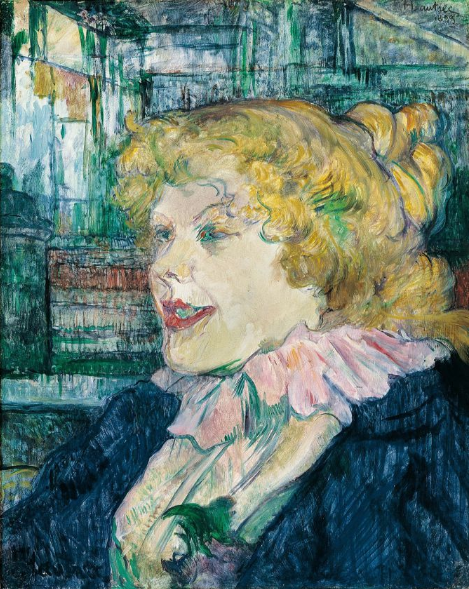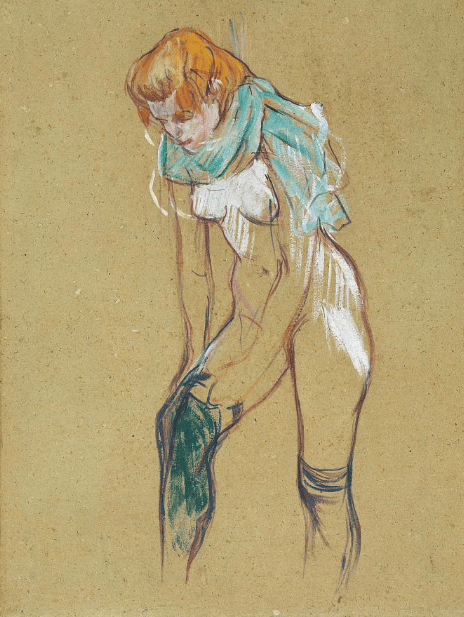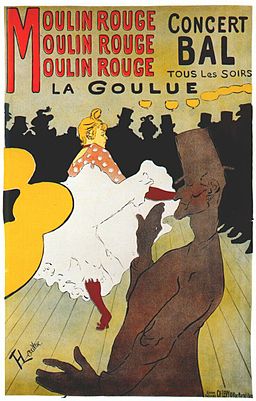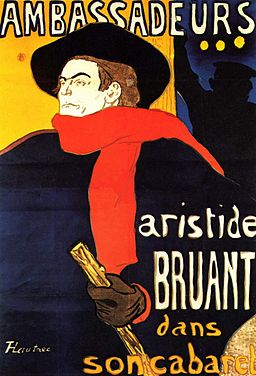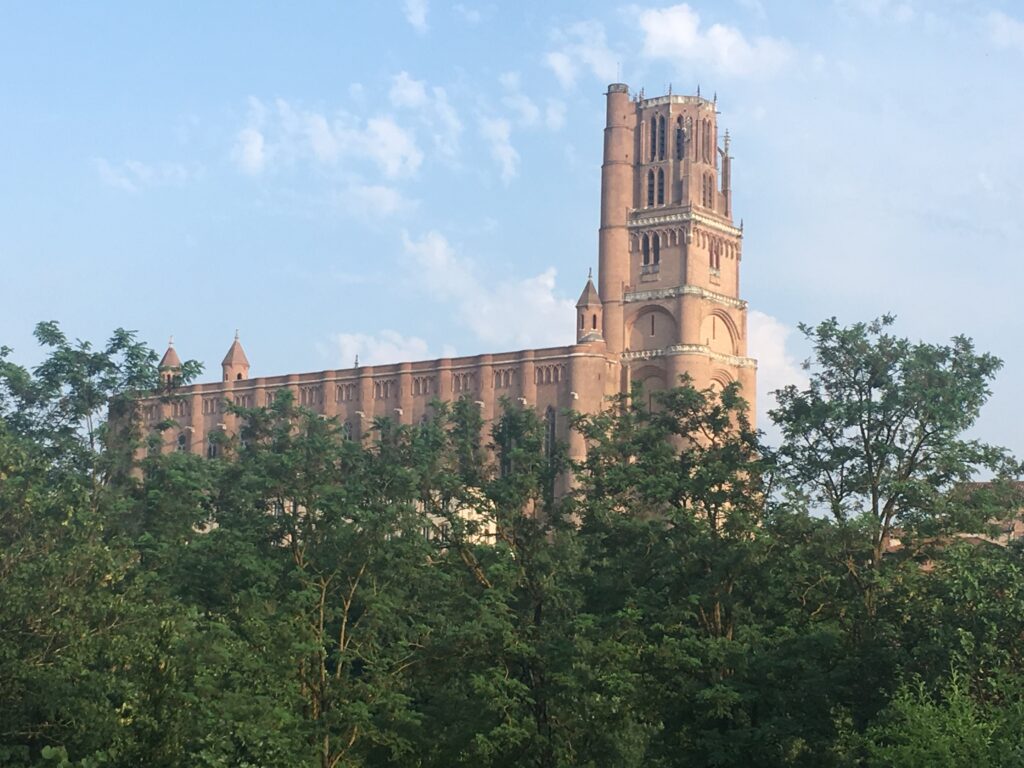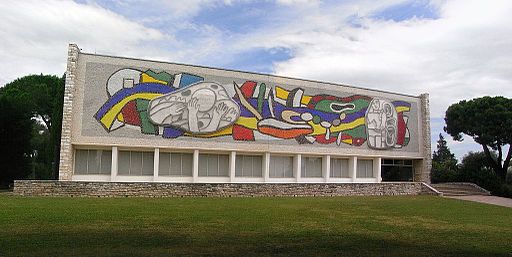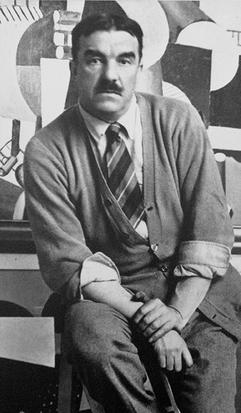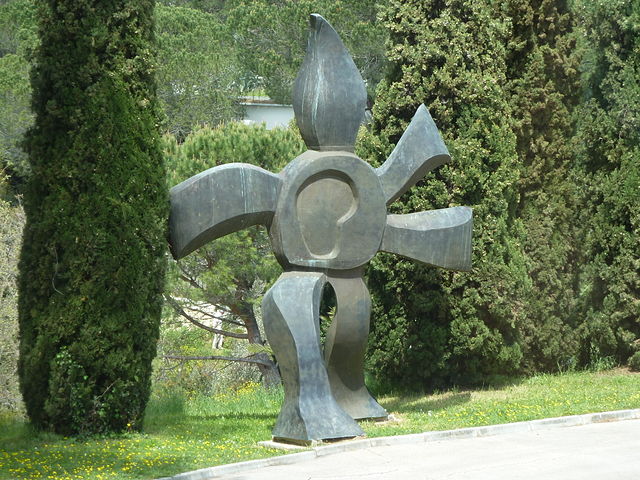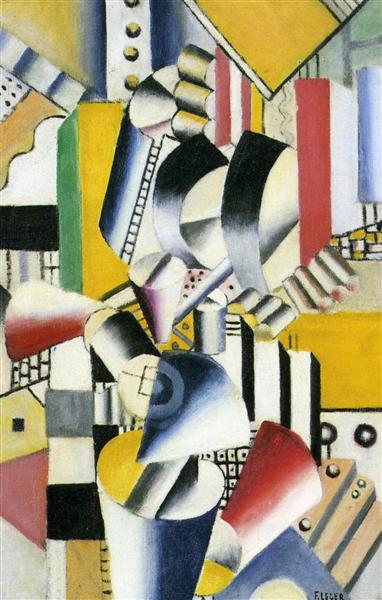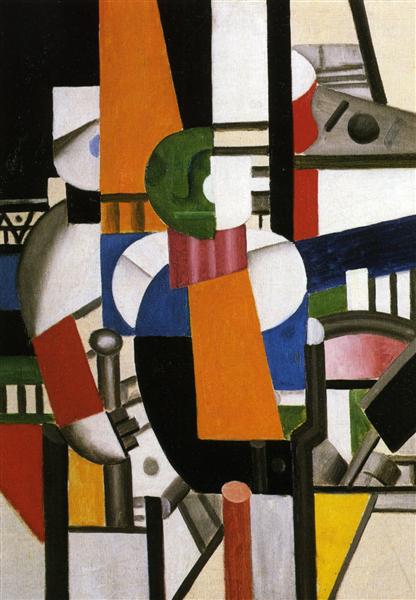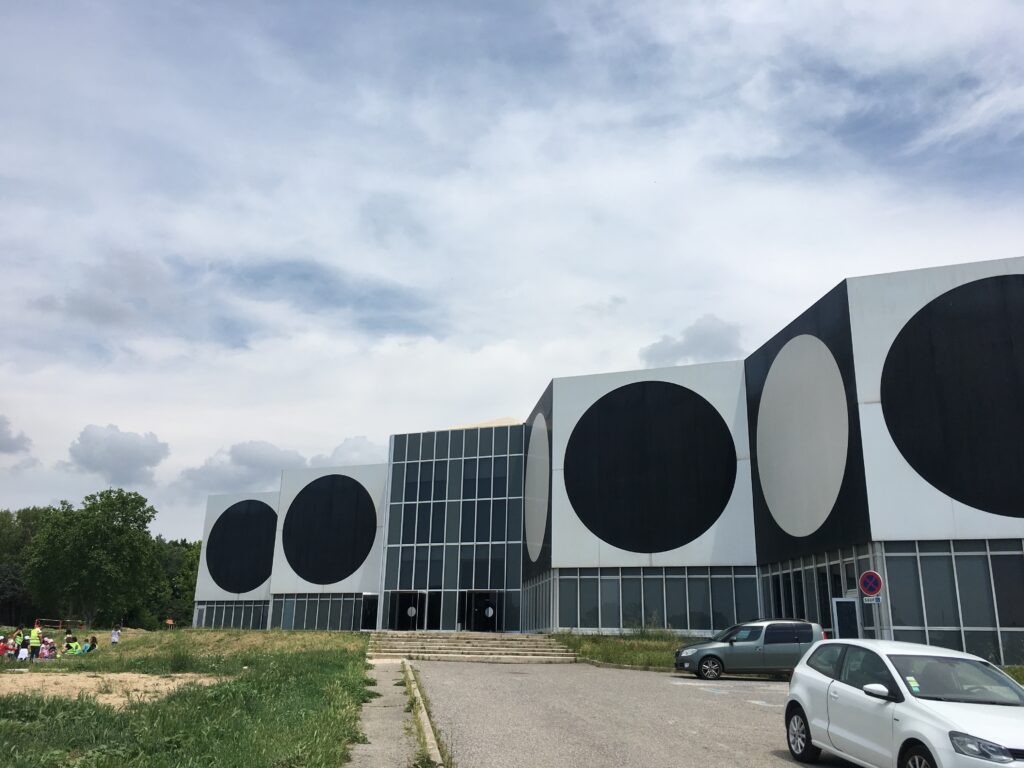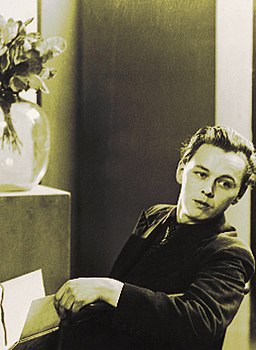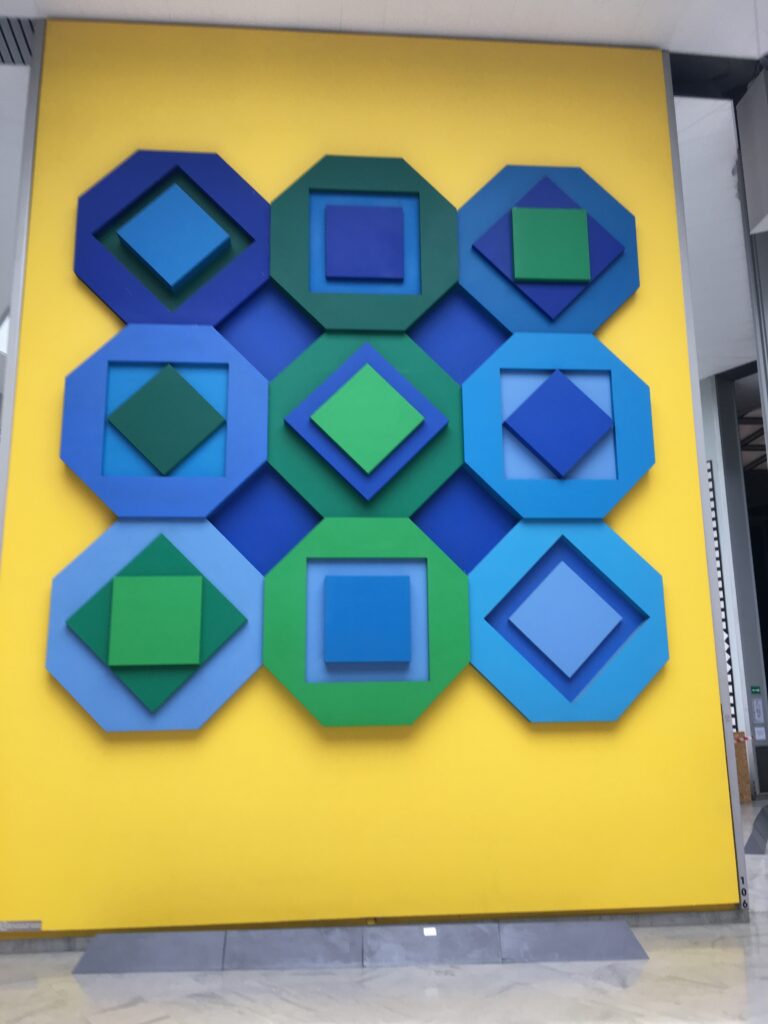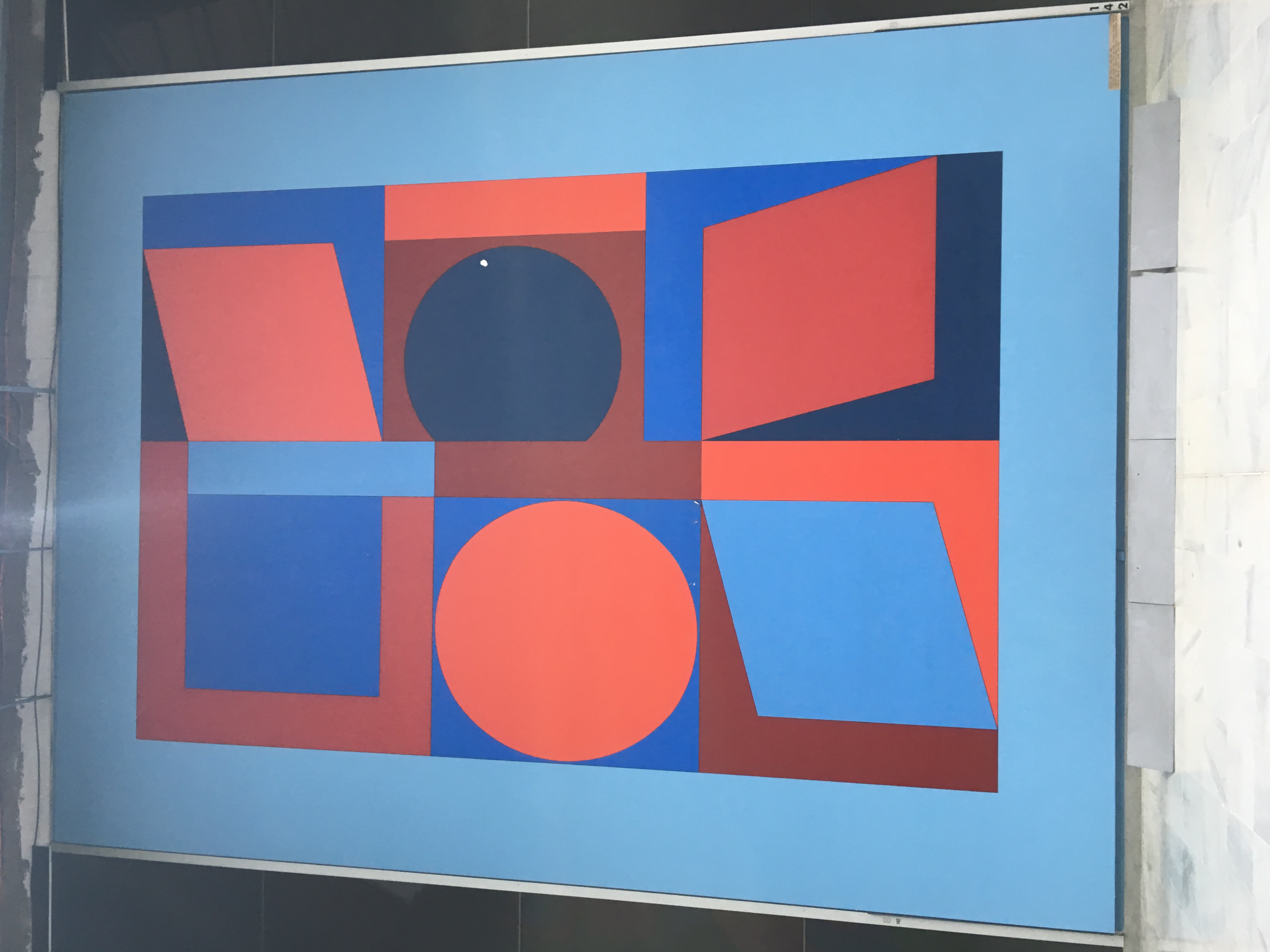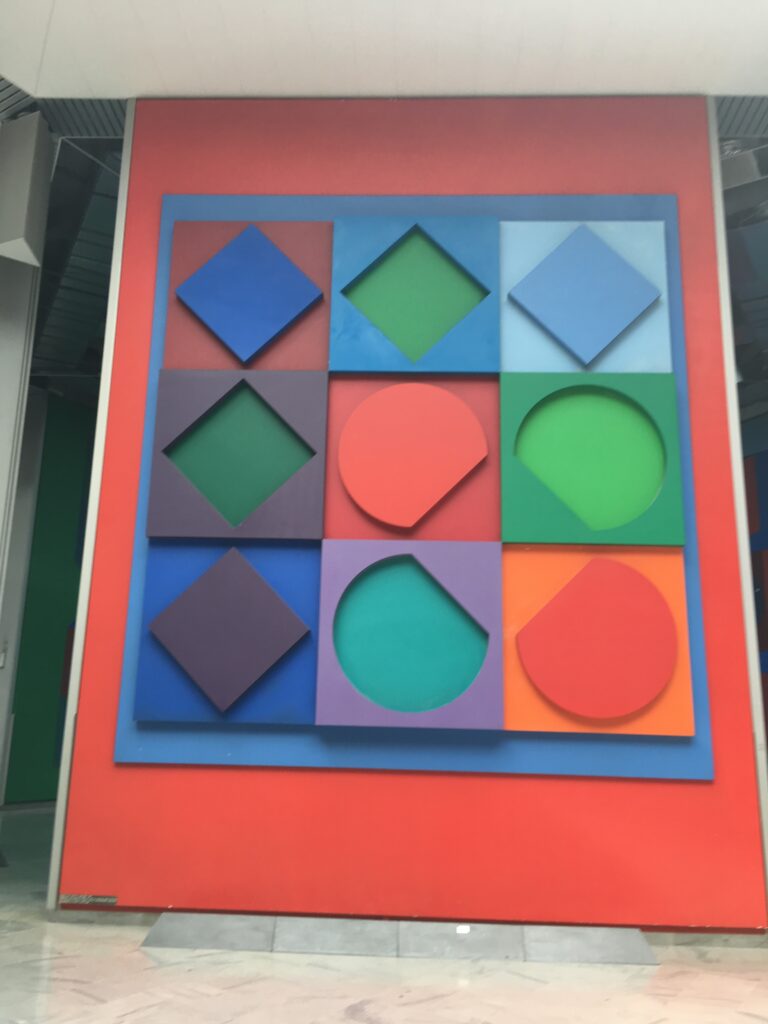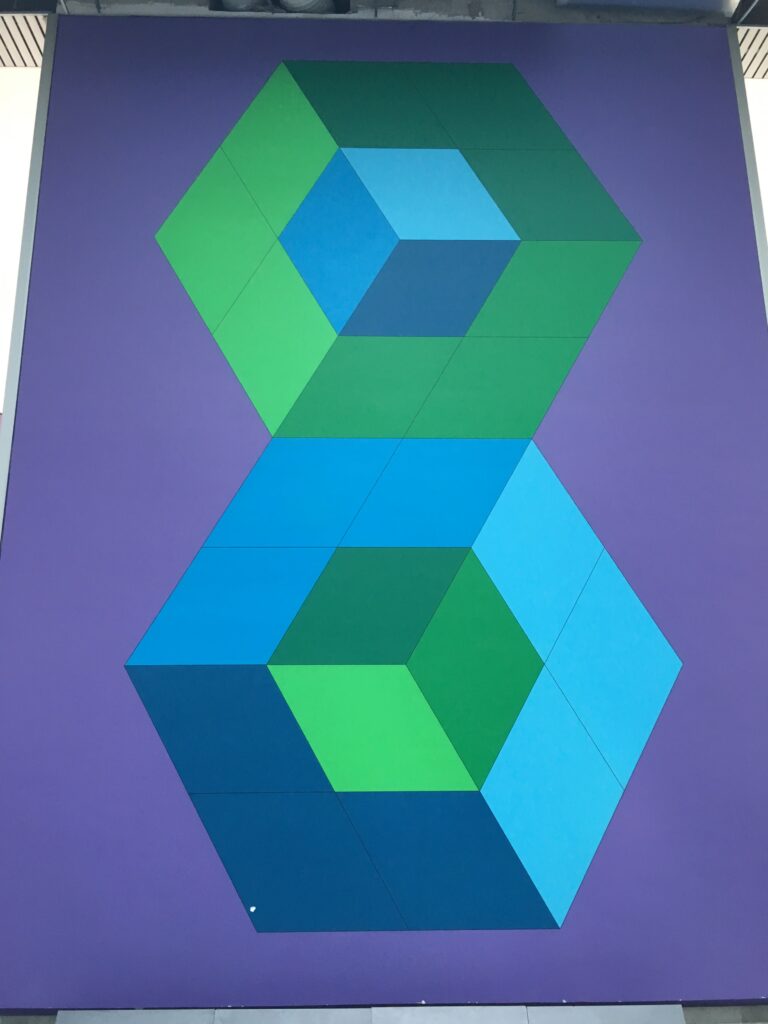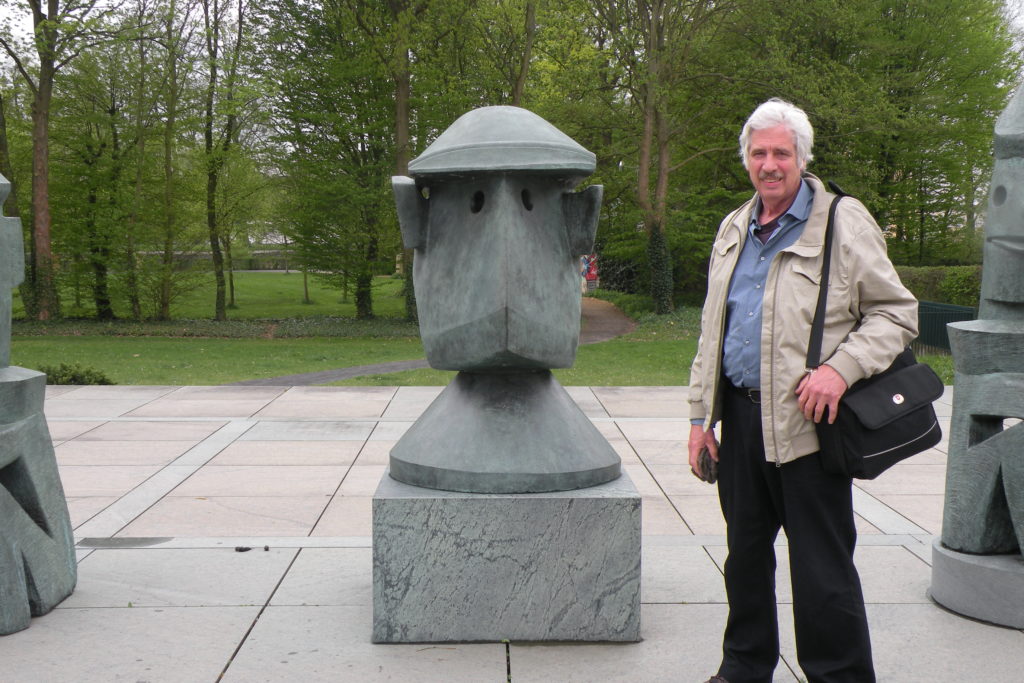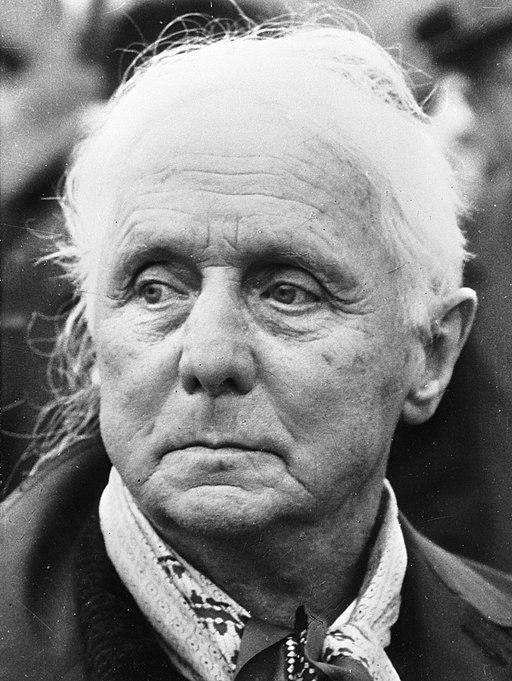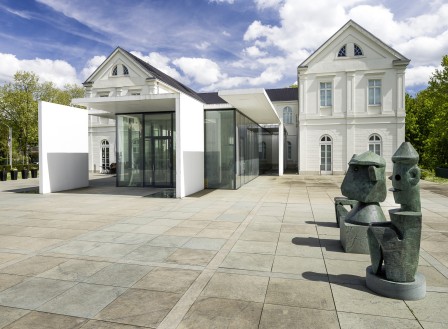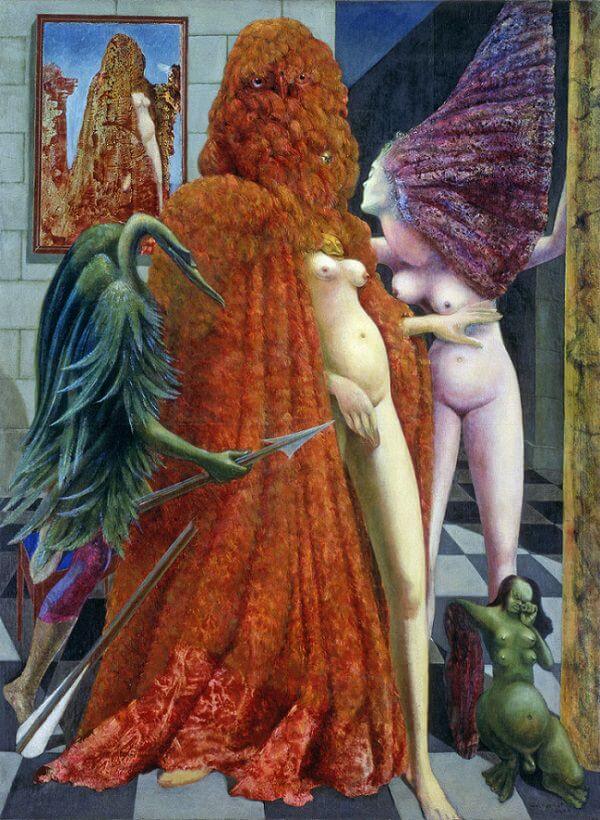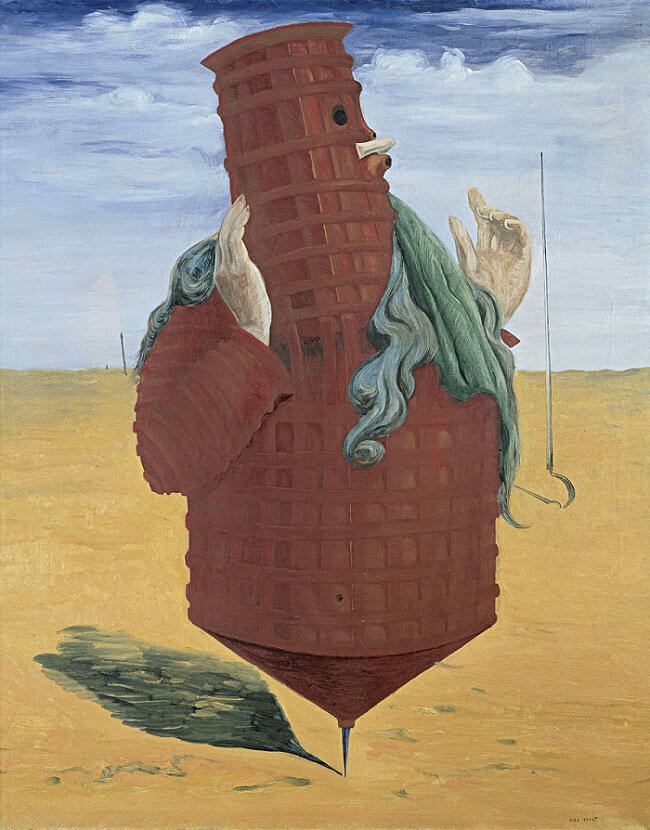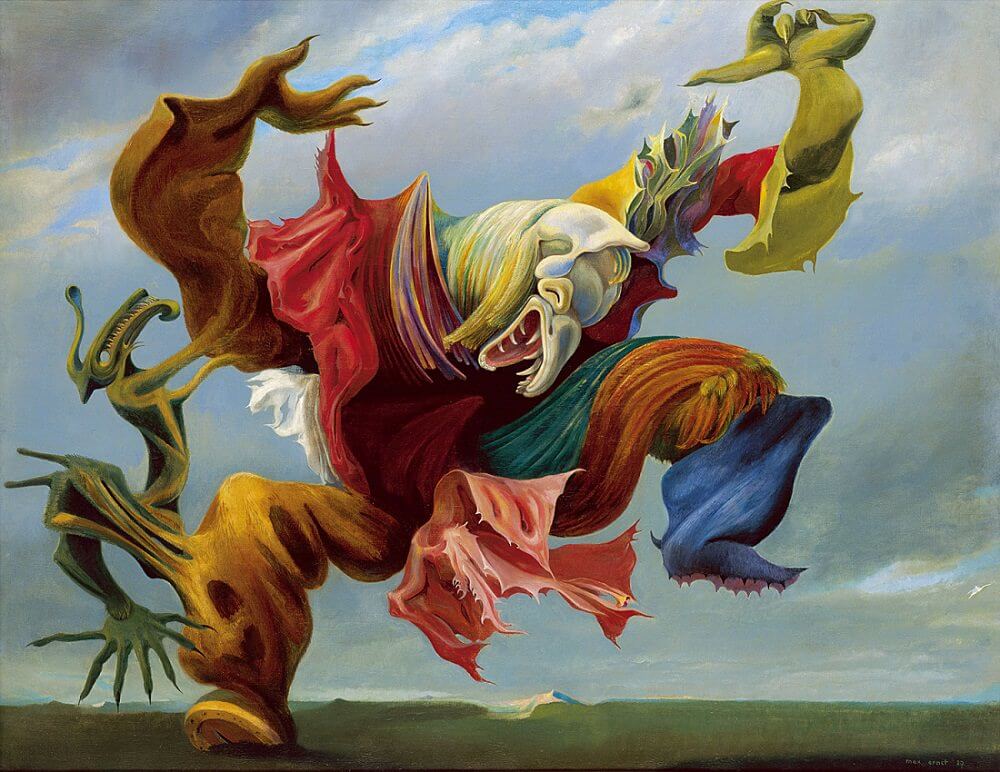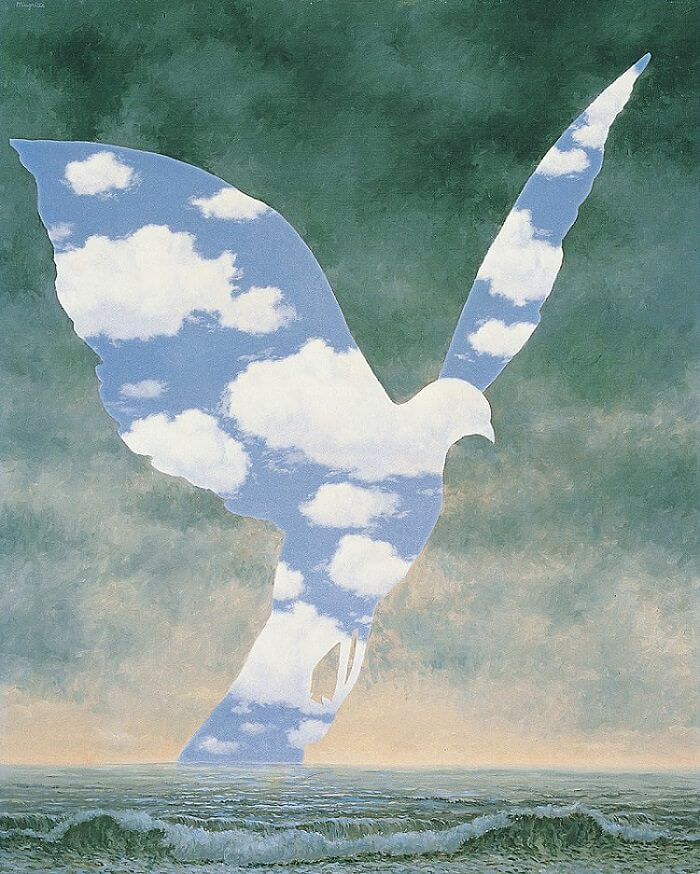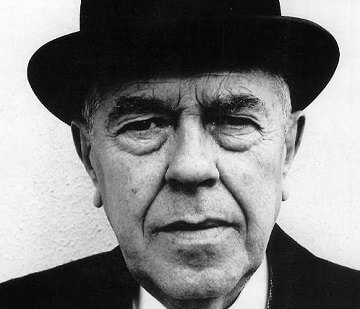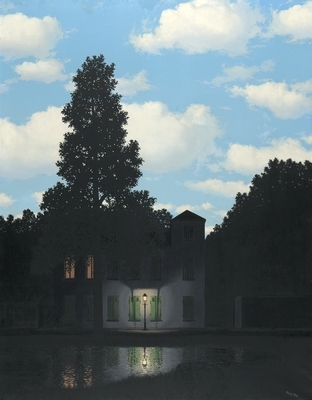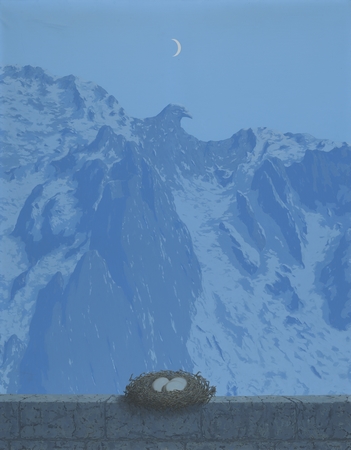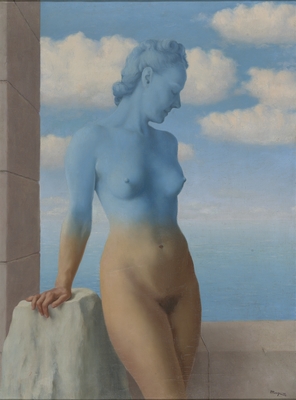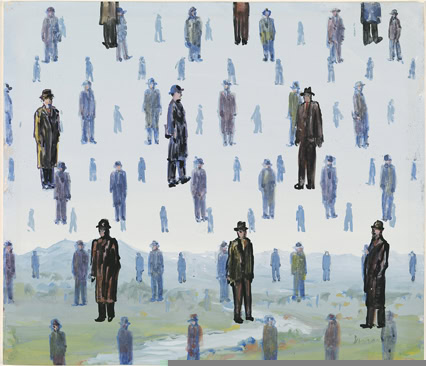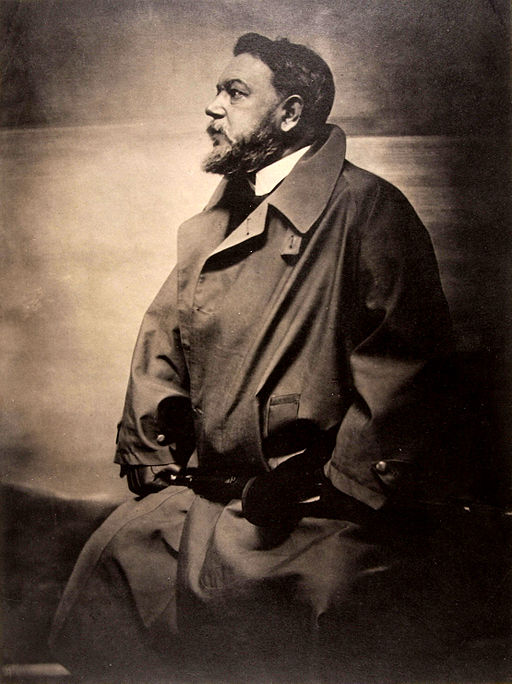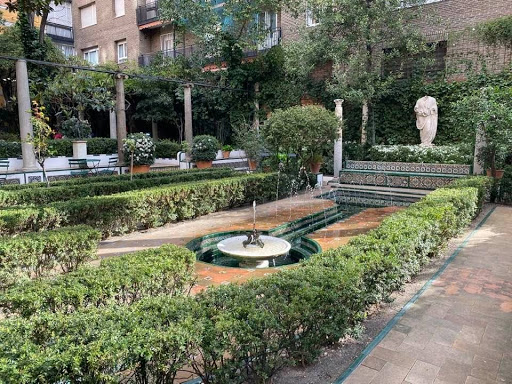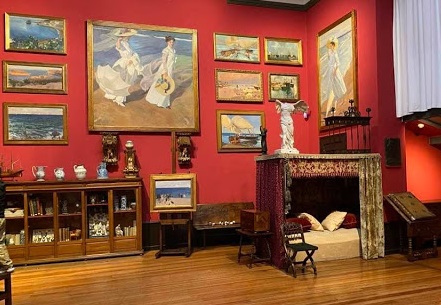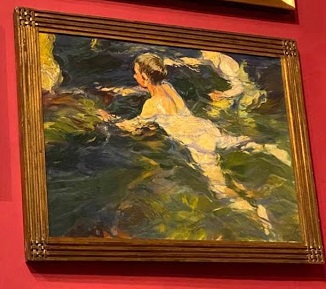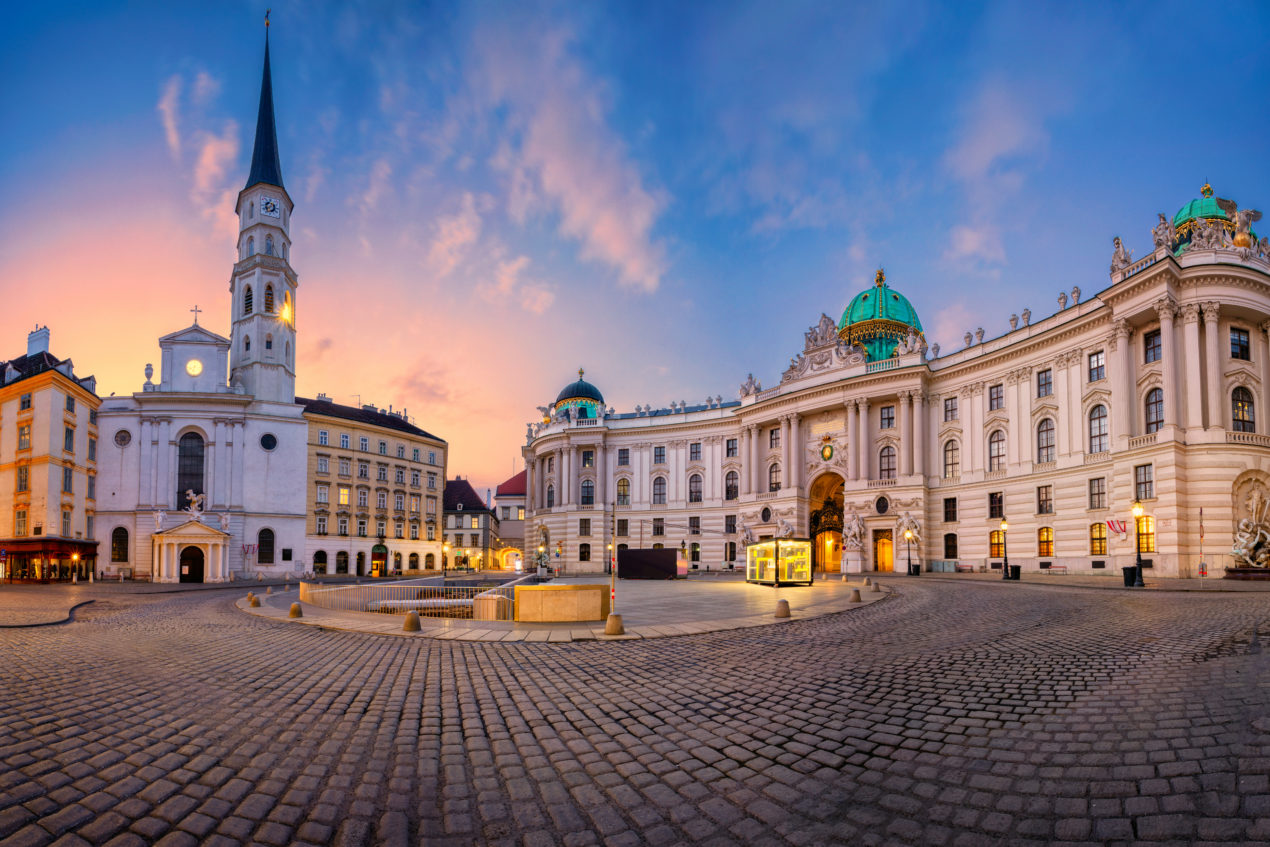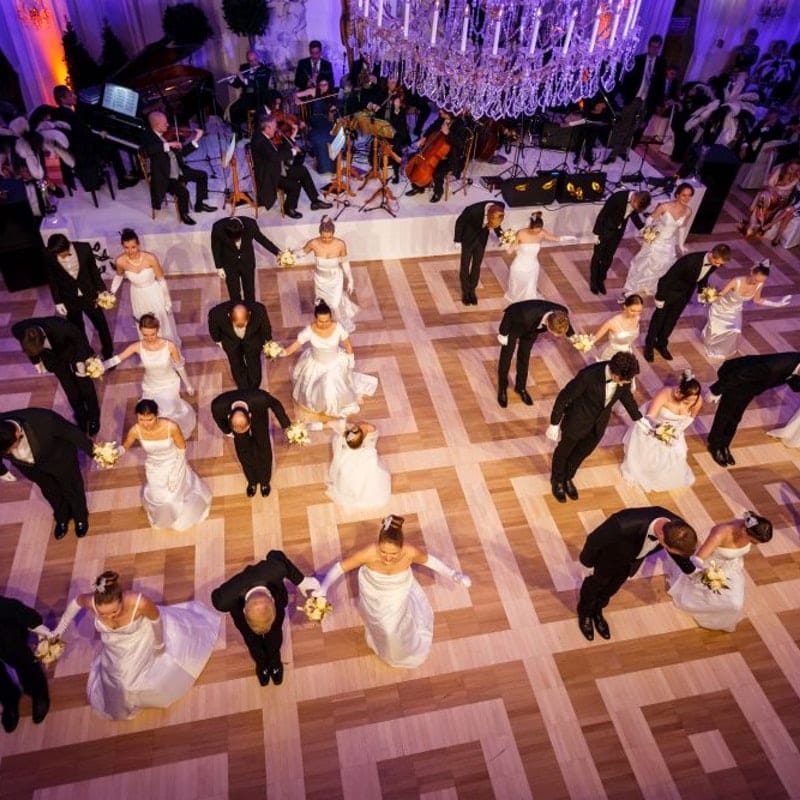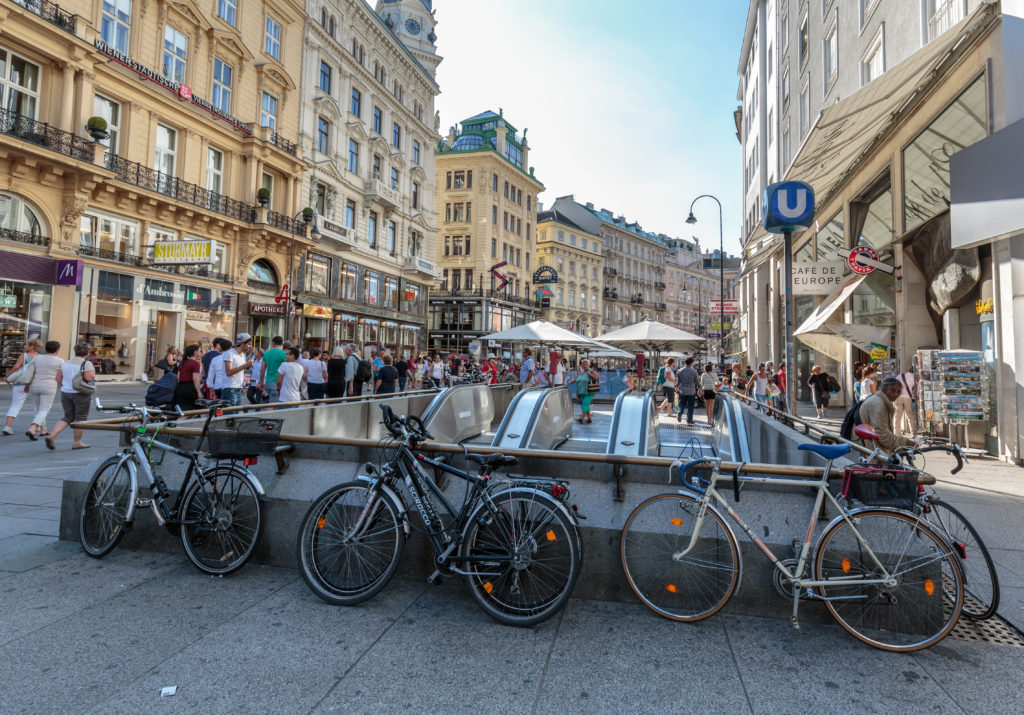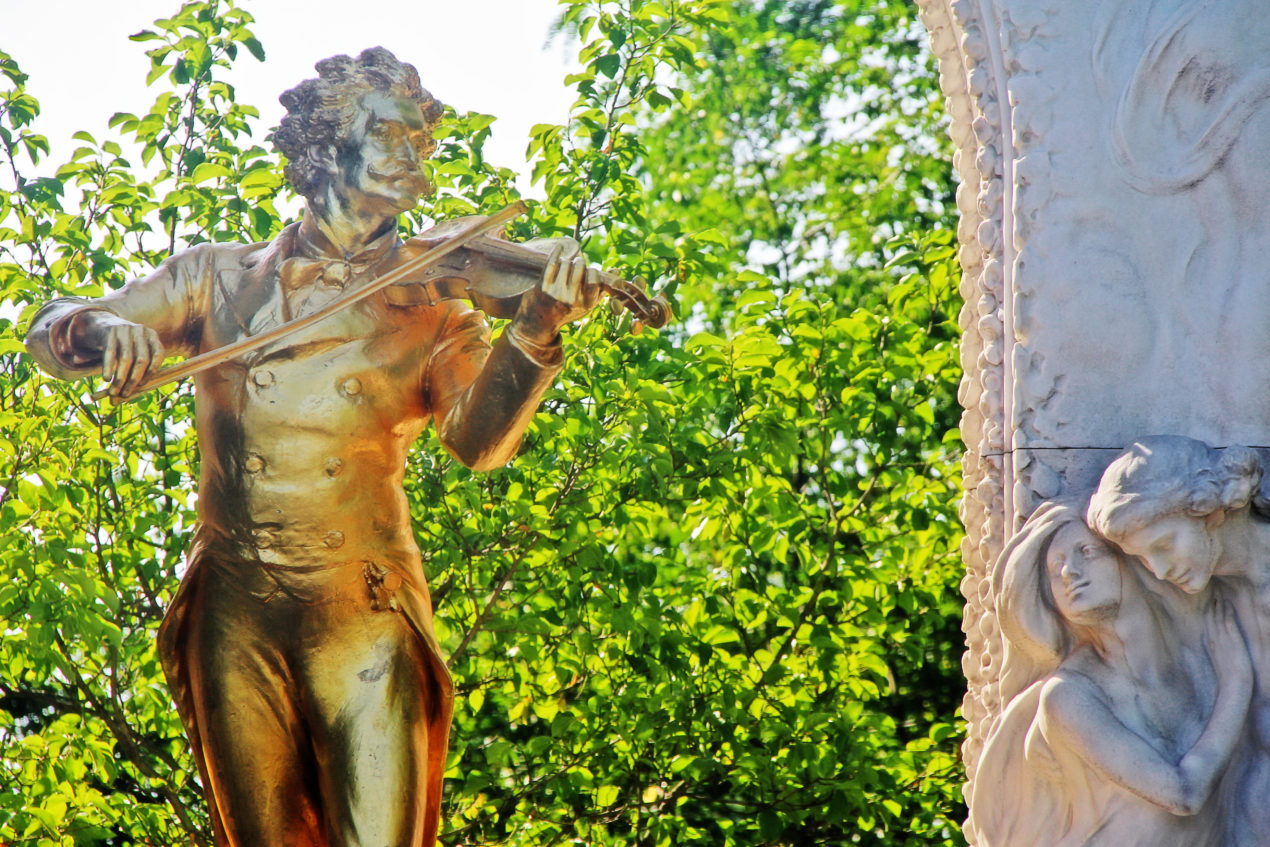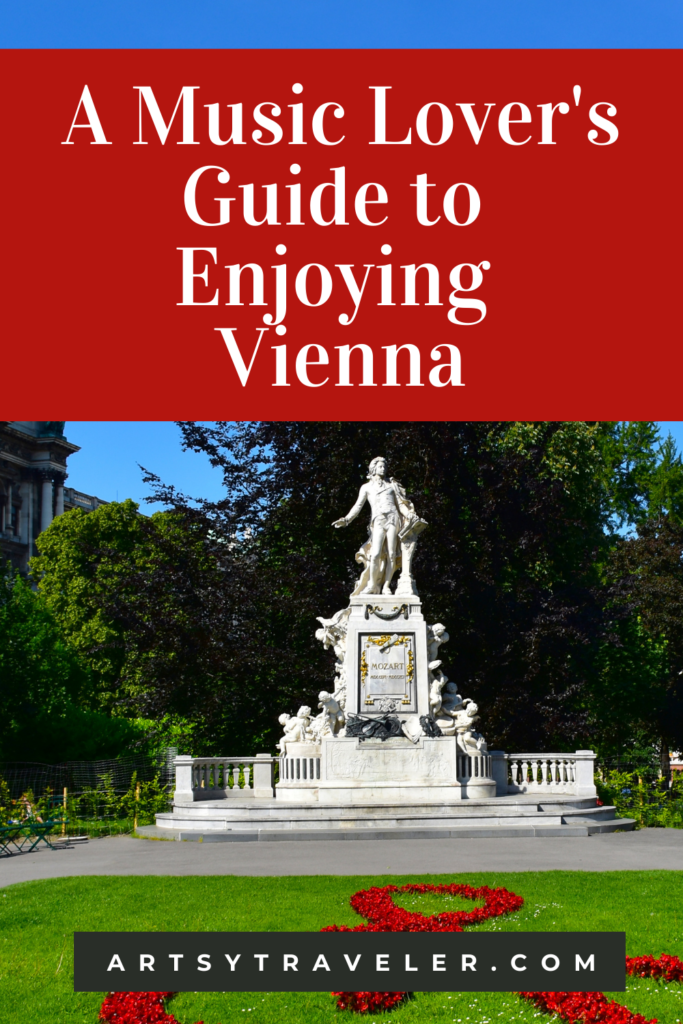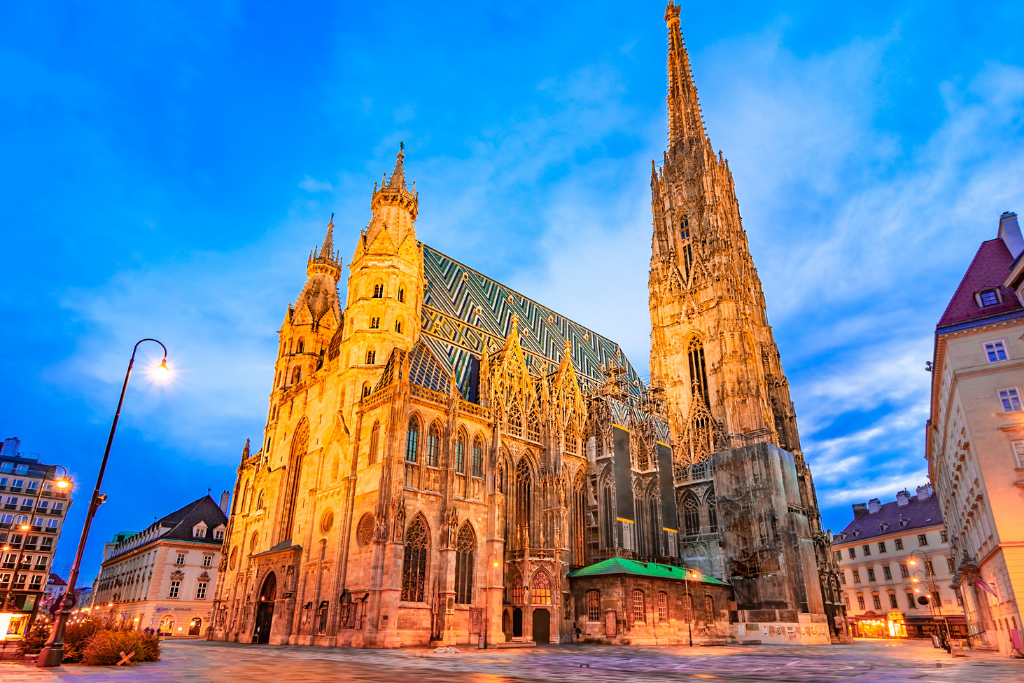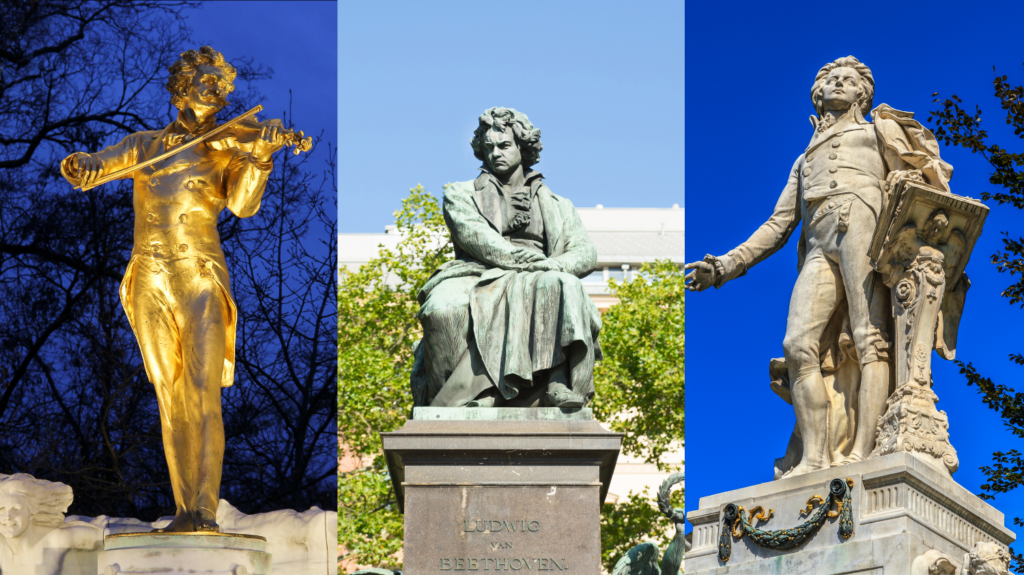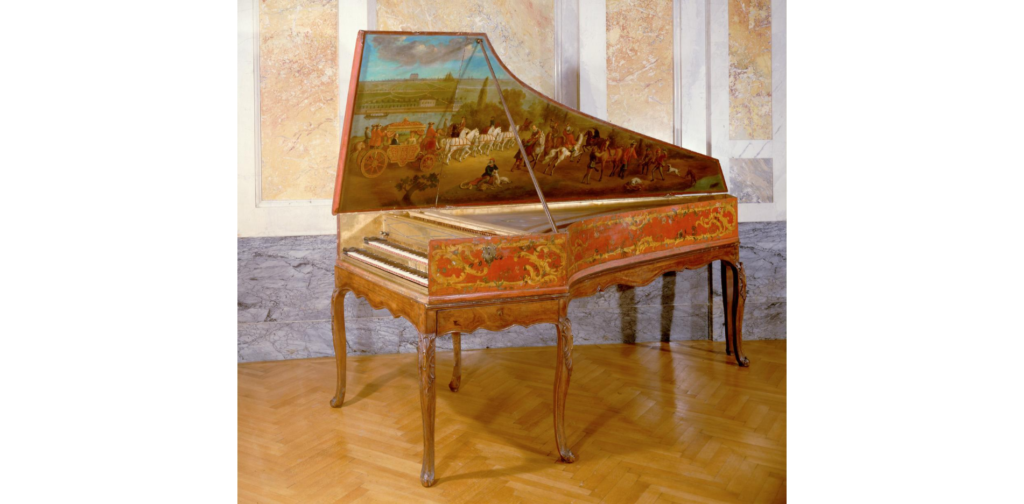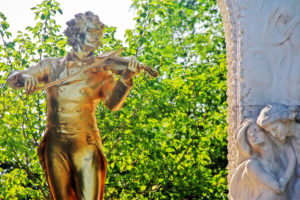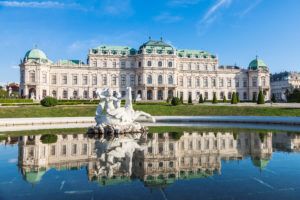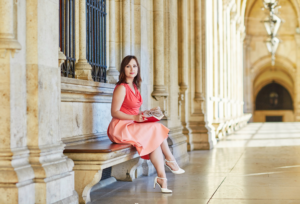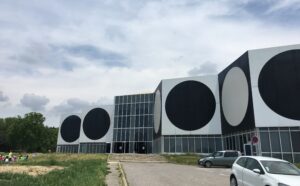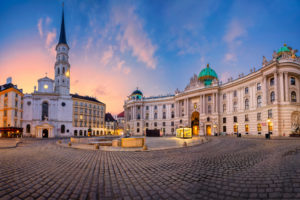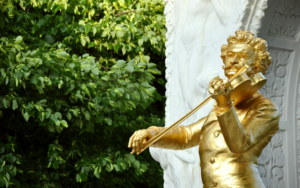Best Vienna Museum Experiences that Appeal to the Artsy Traveler
Museums in Vienna are world-class. You can easily spend several days exploring museums that cater to just about every artsy interest–from painting to music to theater and much more.
In this post, I describe the museums I’ve enjoyed visiting and a few that I’ve yet to visit (but want to!).
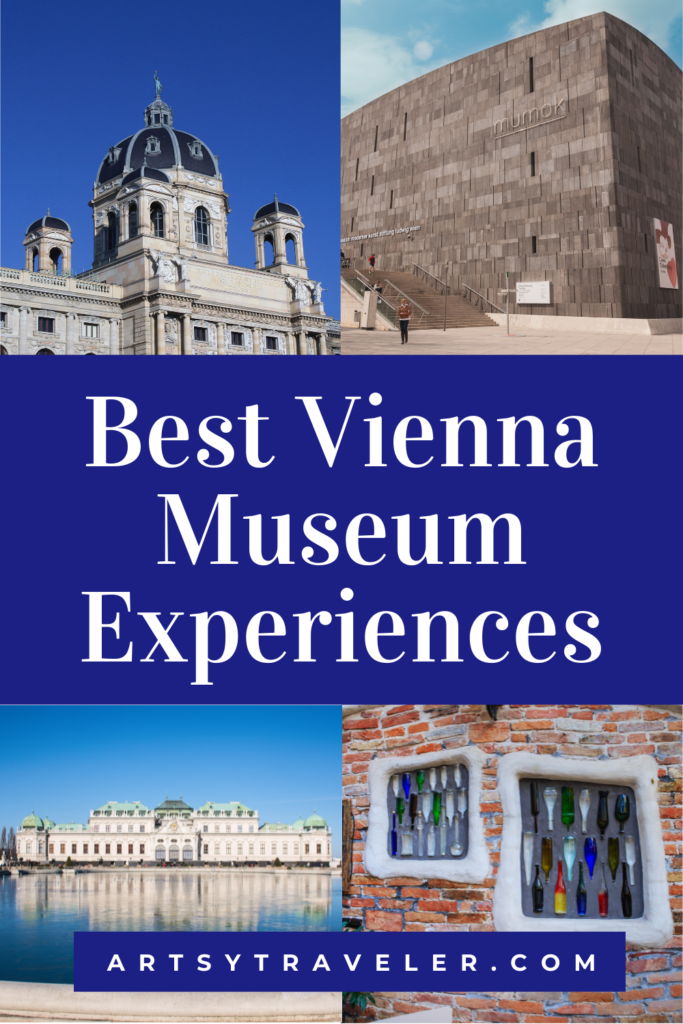
Museum Passes
If you enjoy touring museums and have two or more days in Vienna, consider purchasing a Vienna PASS. You’ll be able to skip the line to popular attractions, get in free to more than 60 attractions, including the Belvedere Palace and St. Stephen’s Cathedral, and ride the hop-on hop-off sightseeing bus. It’s a pretty good deal and it saves you time.
Another less expensive option is the Vienna Flexi PASS that allows you to customize your itinerary. Check which attractions they offer to see if you’ll save money.
Touring Museums in Vienna
So let’s dig into my suggestions for best museum experiences in Vienna. As you’ll quickly discover, Vienna really is one of Europe’s best destinations for museum lovers. The only trouble is that you need to pace yourself. All those long, marble-floored corridors are hard on the knees. Take your time! It’s better to enjoy fewer museums and enjoy yourself than try to see them all and be too exhausted to take in a concert in the evening and enjoy a plate of weiner schnitzel.
Assume you’ll return! And while Vienna is a great place for museum-going, it’s also a wonderful place to just sit back and watch the world go by. There’s a reason that Vienna consistently ranks in the top ten of the world’s most livable cities.
Kunsthistorisches Museum
Start at the Kunsthistorisches Museum, Vienna’s answer to the Louvre and one of Europe’s best. The museum is located at Maria-Theresien-Platz in the Imperial Palace complex and exhibits the art collection of the Habsburg family. They were also known as the House of Austria and for several hundred years ruled a large chunk of Europe.
Skip the line by purchasing your tickets to the Kunsthistorisches Museum online before you leave. You save time and are guaranteed entry into this marvelous museum.
The Kunsthistorisches Museum includes several collections.
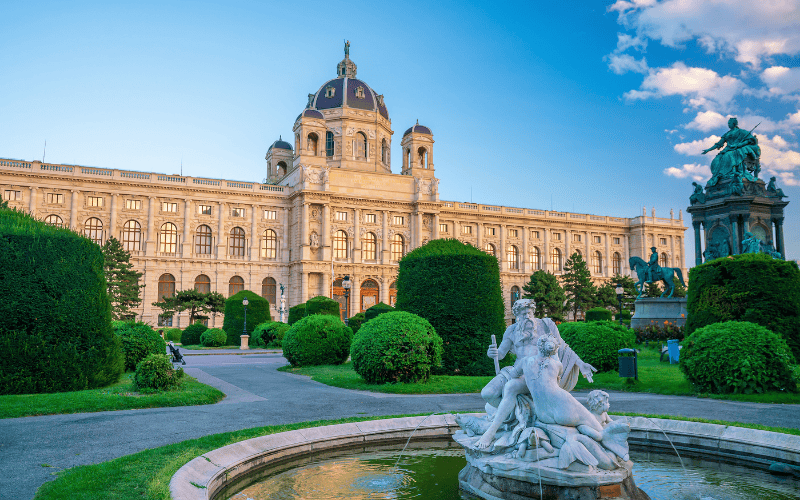
Egyptian and Near Eastern
You’ll find one of the world’s most important collections of Egyptian antiquities at the Kunsthistorisches Museum. Take a tour of the collection which includes more than 17,000 objects. I always enjoy a good Egyptian museum, and the collection here is first-rate.
Greek and Roman Antiquities
The collection spans 3,000 years. I’m particularly fond of the Greek vases decorated with scenes of Greek life.
Kunstkammer Wien: The Cradle of the Museum
This relatively new area of the Kunsthistorisches Museum (opened in 2013) contains over 2,200 fabulous artworks. The Habsburg emperors were busy collectors from the late Middle Ages to the Baroque Age. You’ll find sculptures, clocks, objets d’art, scientific instruments, automatons, and a lot more.
The list goes on. Have a good look. You won’t regret it.
Picture Gallery
The collection in the Picture Gallery at the Kunsthistorisches Museum includes several pieces by Pieter Bruegel the Elder that you’ll probably recognize if you like 16th-century Dutch painting. You’ll also find masterpieces by Caravaggio, Titian, Rubens, and one of my favorites, Arcimboldo, who really had a way with food.

We bought a jigsaw puzzle of one of the Arcimboldo paintings in the marvelous museum gift shop. I do like a good museum giftshop and the one at the Kunsthistorisches has a great selection.
Collection of Historical Musical Instruments
I write about the incredible collection of historical musical instruments in Music Lover’s Guide to Vienna. On my solo trip to Vienna, I spent a happy afternoon enjoying the rooms full of pianos and harpsichords and various other instruments. The collection of Renaissance and Baroque instruments is reputed to be the finest in the world.
I was in heaven, particularly because this area of the massive Kunsthistorisches Museum was virtually empty. If I’d been so inclined, I could have played one of the pianos, and probably no one would have been the wiser. I didn’t try. The prospect of even a short stay in a Viennese prison did not appeal, even if it’s likely to be well maintained and serve wiener schnitzel.
The Kunsthistorisches Museum also includes the Coin Collection, an Armory, and lots more, but you get the picture. The museum is worth a good chunk of your day. Alternatively, pace yourself and space your visit across a few days. It depends on your stamina because plenty of museums await you in Vienna’s Museum Quarter.
The Kunsthistorisches Museum is open daily except Mondays from 10 am to 6 pm and on Thursdays from 10 am to 9 pm. Check the website for current ticket prices.
Natural History Museum
The architectural mirror image of the Kunsthistorisches Museum is the Museum of Natural History opposite it. Although natural history museums are not, strictly speaking, artsy sights, I have a soft spot for them. Vienna’s Museum of Natural History is excellent, on par with the Natural History Museums in London, New York, and Washington.
The big draw in Vienna’s Museum of Natural History is the squat statue of the wonderfully fecund Venus of Willendorf. She’s a clay figurine just 11.1 centimeters tall, reputed to have been made between 24,000 and 22,000 BCE, which is a long time ago on any calendar.
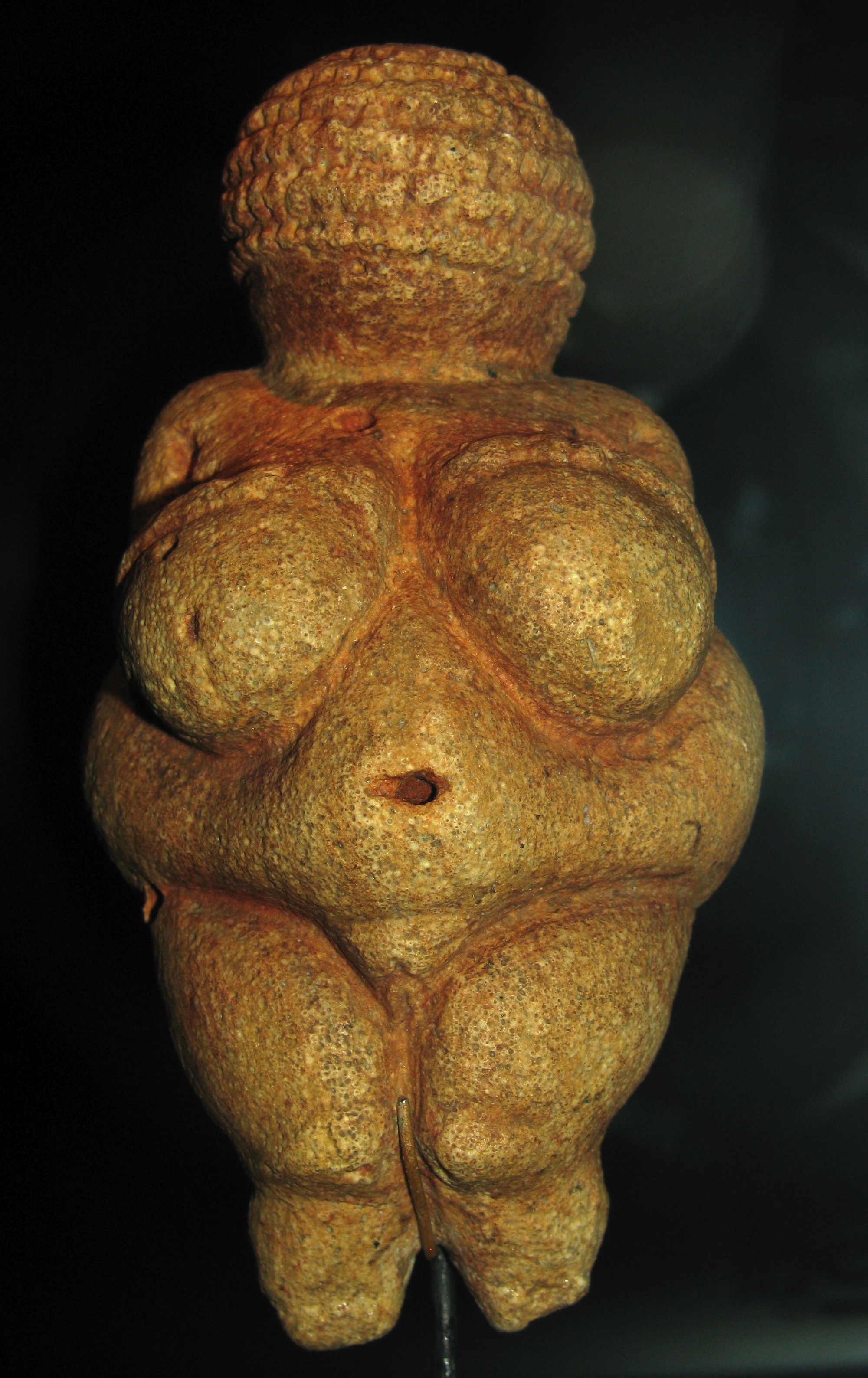
Although little is known about how or why she was made, you have to think her purpose had something to do with fertility. I mean, seriously! Look at her! Because she lacks defined facial features, some philosophers and archeologists view the Venus of Willendorf as representative of a universal mother.
Well, I certainly took to her. She’s displayed in a special, atmospherically lit case that will probably be surrounded by other museum-goers. Wait your turn and then spend a few minutes contemplating universal motherhood and also thinking about the people who made this exquisite figure. How had they used her? Had she been cherished? I like to think so.
Animal Displays at the Museum of Natural History
The Museum of Natural History is a marvel, with one of the many highlights being the massive second floor containing several high-ceilinged, ornate rooms chock-a-block with stuffed animals.
When we walked into the reptile room on our family trip, I had to sprint through it with my eyes closed. Stuffed snakes in glass cages filled the massive room from floor to ceiling. And I don’t mean the cute plush variety of stuffed snakes. Oh no. I’m talking about very real, very menacing, very snakey snakes. Ugh!
Fortunately, the other rooms made up for the trauma of the reptile room. The Vienna Museum of Natural History gets top marks for taxidermy.
Museums in the Museum Quarter
Vienna’s Museum Quarter (MQ) in central Vienna is truly a remarkable cultural area. Housing over sixty cultural institutions, the MQ is one of the largest districts for contemporary art and culture in the world. You’ll find museums and events devoted to art, architecture, music, fashion, theater, children’s culture, literature, dance, street art, photography, even gaming culture. This is the place to be if you love the arts.
Highlights of the MQ directly related to visual art include viewing modern art at the Leopold Museum, MUMOK – the Museum of Modern Art and Kunsthalle Wien, and visiting the remarkable Kunst Haus Wien–Vienna’s first ecological museum. The MQ is always open and entry is free. Relax in the various courtyards and engage in some serious people watching.
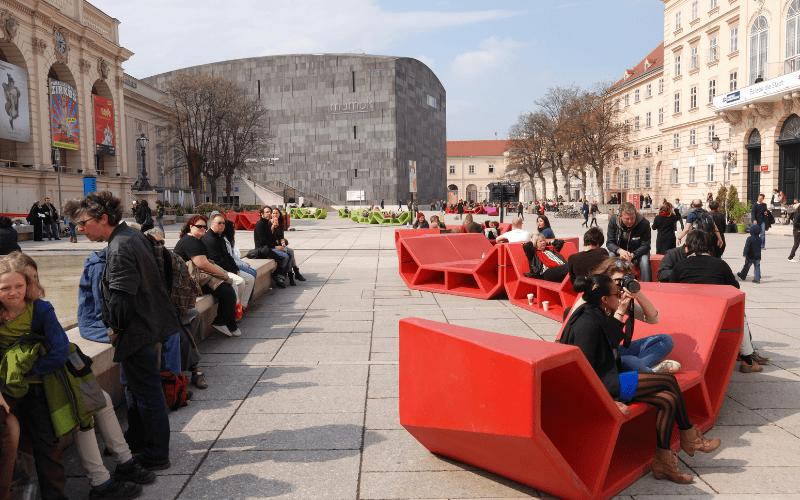
Here are four of the major art museums in the MQ. For more information about what’s on, including special events, check the MQ website and the websites for the individual museums. The range and breadth of cultural activities truly is breathtaking!
Leopold Museum
The Leopold Museum exhibits the world’s most important collection of paintings and works on paper by Egon Schiele who, along with Gustav Klimt, is one of the best-known Austrian artists of the 20th century.
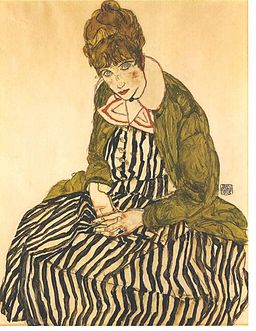
MUMOK – Museum moderner Kunst Stiftung Ludwig Wien
MUMOK is the largest museum of modern and contemporary art in central Europe (and that’s saying something!). You’ll find an amazing collection that features works of classical modernism (my favorite) by artists such as Picasso, Mondrian, and Magritte to mention only a few, along with pop art, Fluxus, minimal art, and concept art, as well as Vienna Actionism and contemporary art.
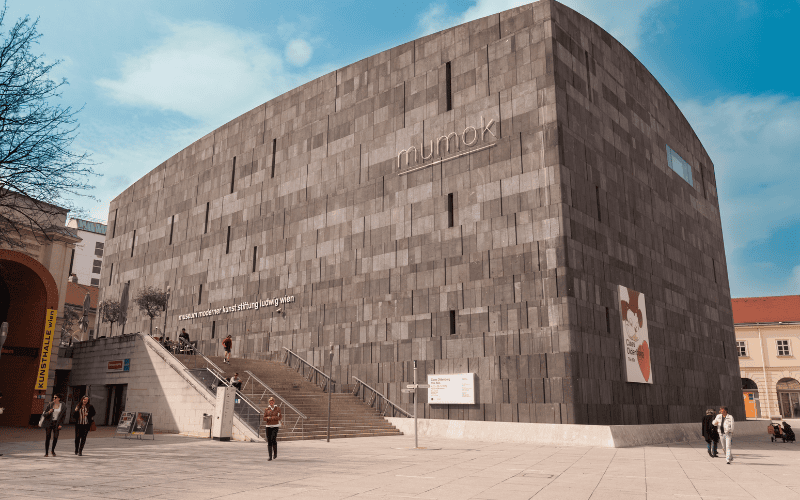
Kunsthalle Wien
The Kunsthalle Wien fcouses on temporary exhibitions of contemporary art. I confess I’m not generally a fan of contemporary art, but if you are, check the website for current exhibitions.
Kunst Haus Wien
Vienna’s first ecological museum, the Kunst Haus Wien, features contemporary art with a focus on photography. You have to check out the building–it’s remarkable with colorful tiles, uneven floors, and irregular structures. The museum also houses the Museum Hundertwasser which displays the largest permanent collection of works by Friedensreich Hundertwasser who designed the building for the Kunst Haus Wien and is also one of Austria’s most famous artists and visionaries.
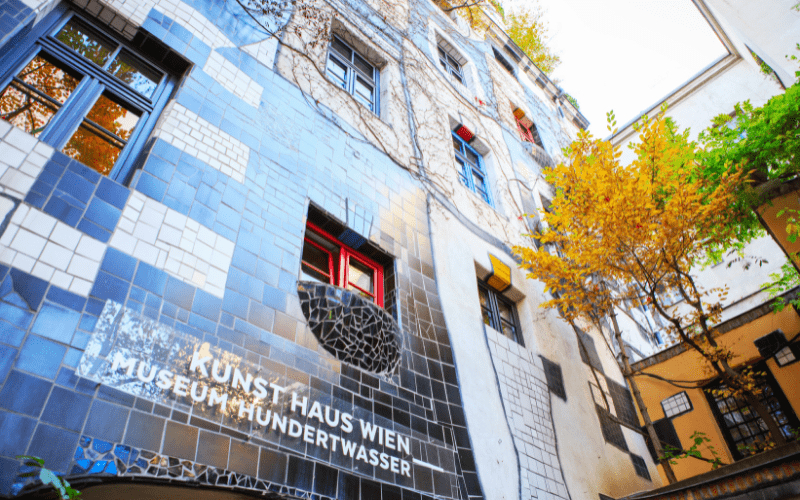
The Meeting Place at the MuseumsQuartier (MQ) is one of the largest cultural quarters in the world. You’ll need another day to tour the MQ and also hang out in its public spaces.
Belvedere Palace
If you are a fan of Gustav Klimt, don’t miss the Belvedere Palace. Here you’ll see the world’s largest collection of Klimt’s paintings, including his masterpiece, The Kiss, and the iconic Judith I. You’ll also find a good 19th-century collection that includes work by Monet and van Gogh.
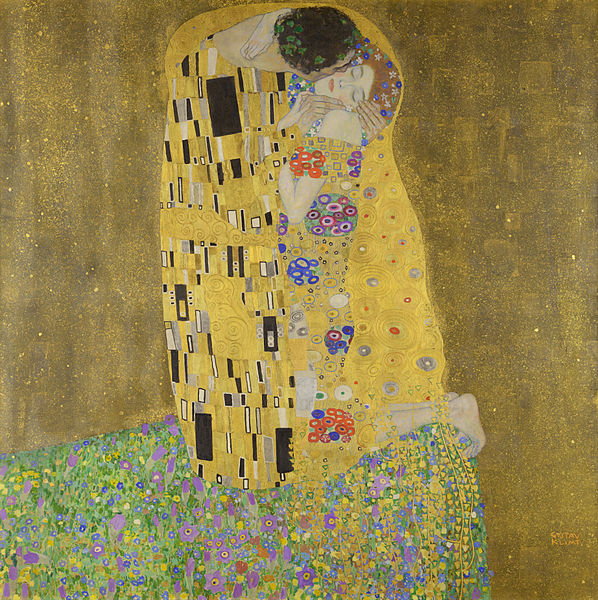
The baroque Belvedere Palace itself is worth visiting to see its magnificent ornamental gardens and the stunning views of Vienna.
Other Museums in Vienna
Here’s a list of several other art museums in Vienna that are worth a visit.
Click the links to buy your tickets in advance or check if the Vienna PASS or Flexi PASS includes admission or discounts.
Albertina Museum
The Albertina Museum contains the world’s most important graphic collections along with works by Monet, Renoir, Chagall, Miro, Magritte, Munch, Picasso, and more. You can also visit the Albertina – Modern a few blocks away, which is Vienna’s new museum of modern art.
Theater Museum Vienna
I always go out of my way to visit a theater museum (my third novel The Muse of Fire is set in the theater). The collection at the Theater Museum in Vienna includes over 1,000 stage models, 600 costumes, and a lot of props that bring the history of theater in Austria to life. So much to see!
Jewish Museum
Learn about Vienna’s Jewish life from the Middle Ages to the present. Check the website for temporary exhibitions.
MAK – Museum of Applied Arts
The MAK is a “museum for arts and the everyday world.” Its extensive collection focuses on the applied arts and the interface of design, architecture, and contemporary arts. MAK’s permanent collection includes one of the world’s finest collection of lace and glassware, particularly Venetian glass (I’m a sucker for Venetian glass). You’ll also find a collection of textiles and carpets, and lots more. Check the website for current exhibitions.
And here are more fun museums that are great if you’re traveling with kids (or even if you’re not!).
Music Museums in Vienna
Vienna is the City of Music–home to an impressive number of the world’s most famous composers–Beethoven, Mozart, Haydn, Schubert, Strauss, and Mahler. And several more composers stopped by to perform, including Chopin, Liszt, Schumann (Robert and Clara), and Brahms.
A highlight of my solo trip to Vienna was visiting Pasqualati House where Beethoven lived and worked for a while. He changed apartments a lot, apparently.
Me in front of Vienna’s Pasqualati House, one of the places where Beethoven lived
The top music museums in Vienna include:
- The House of Music (also known as the House of Sound), with five floors of first-rate, music-themed exhibits; not to be missed
- Beethoven Museum
- Mozarthaus Museum
For more information about these and other top music sites in Vienna, read Music Lover’s Guide to Vienna.
Other recommended posts about Vienna include Artsy Visits to Vienna & Salzburg and Traveling to Vienna – The Waltz Begins.
Have you been to Vienna? What are your favorite museums? Let us know in the comments below.
